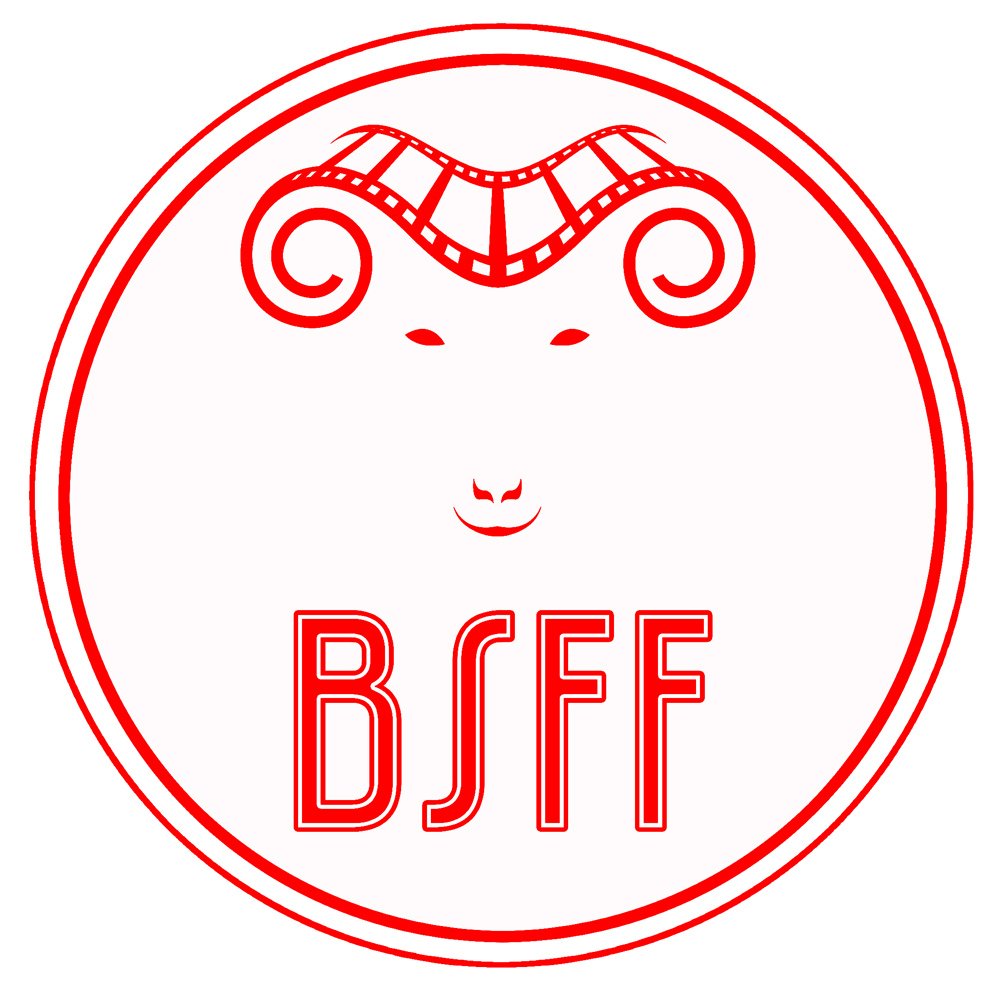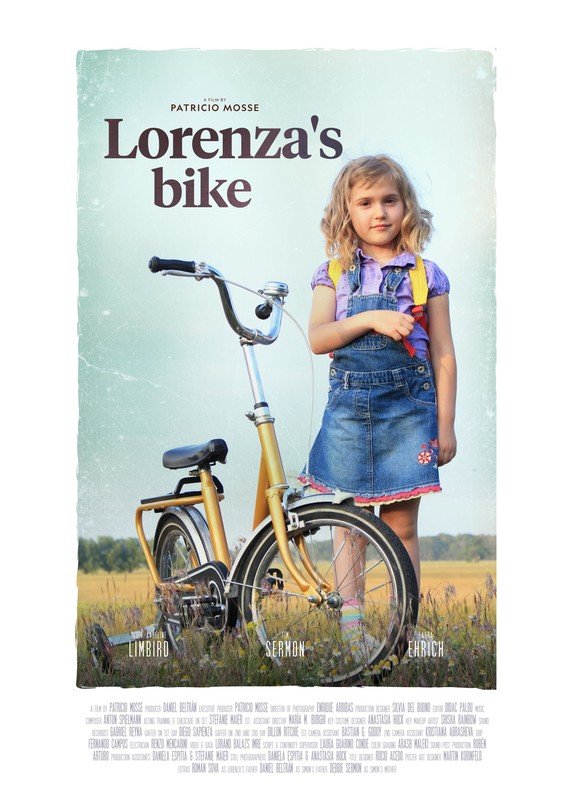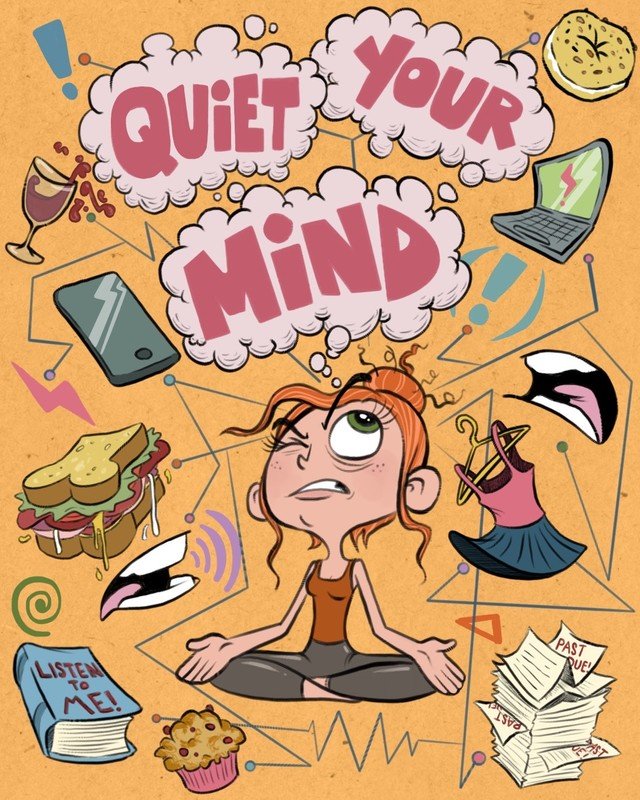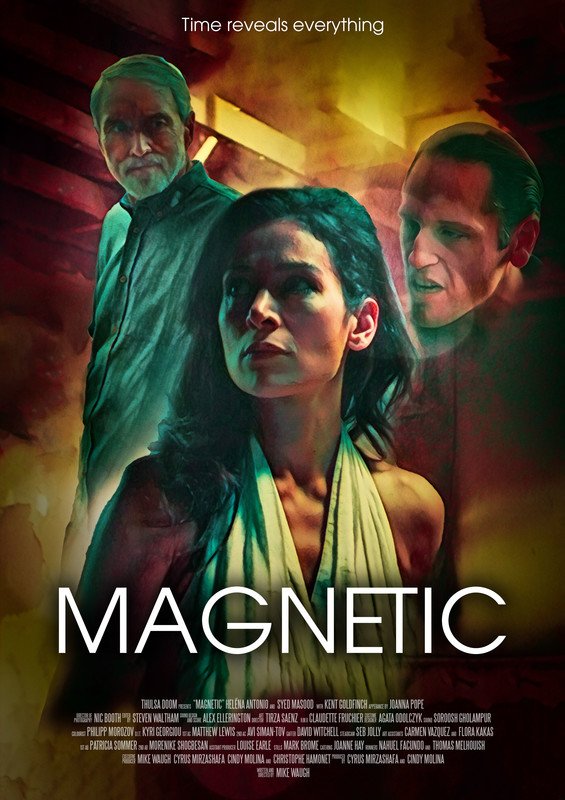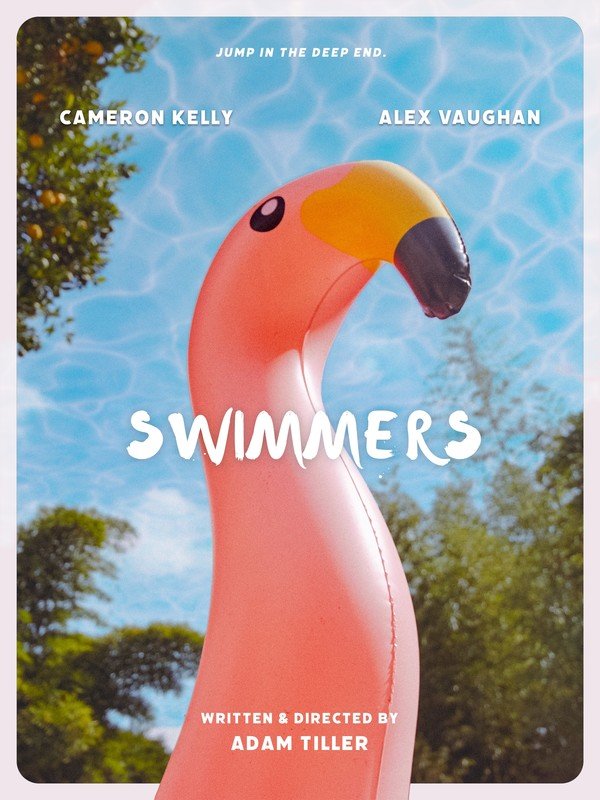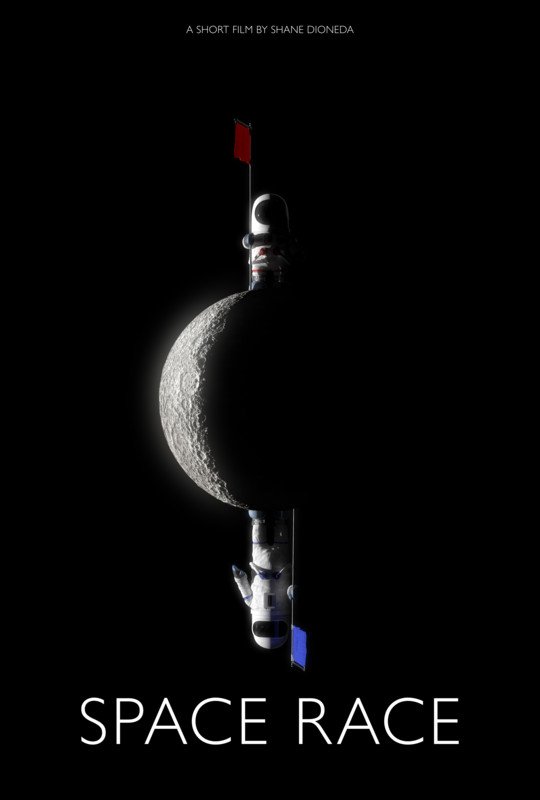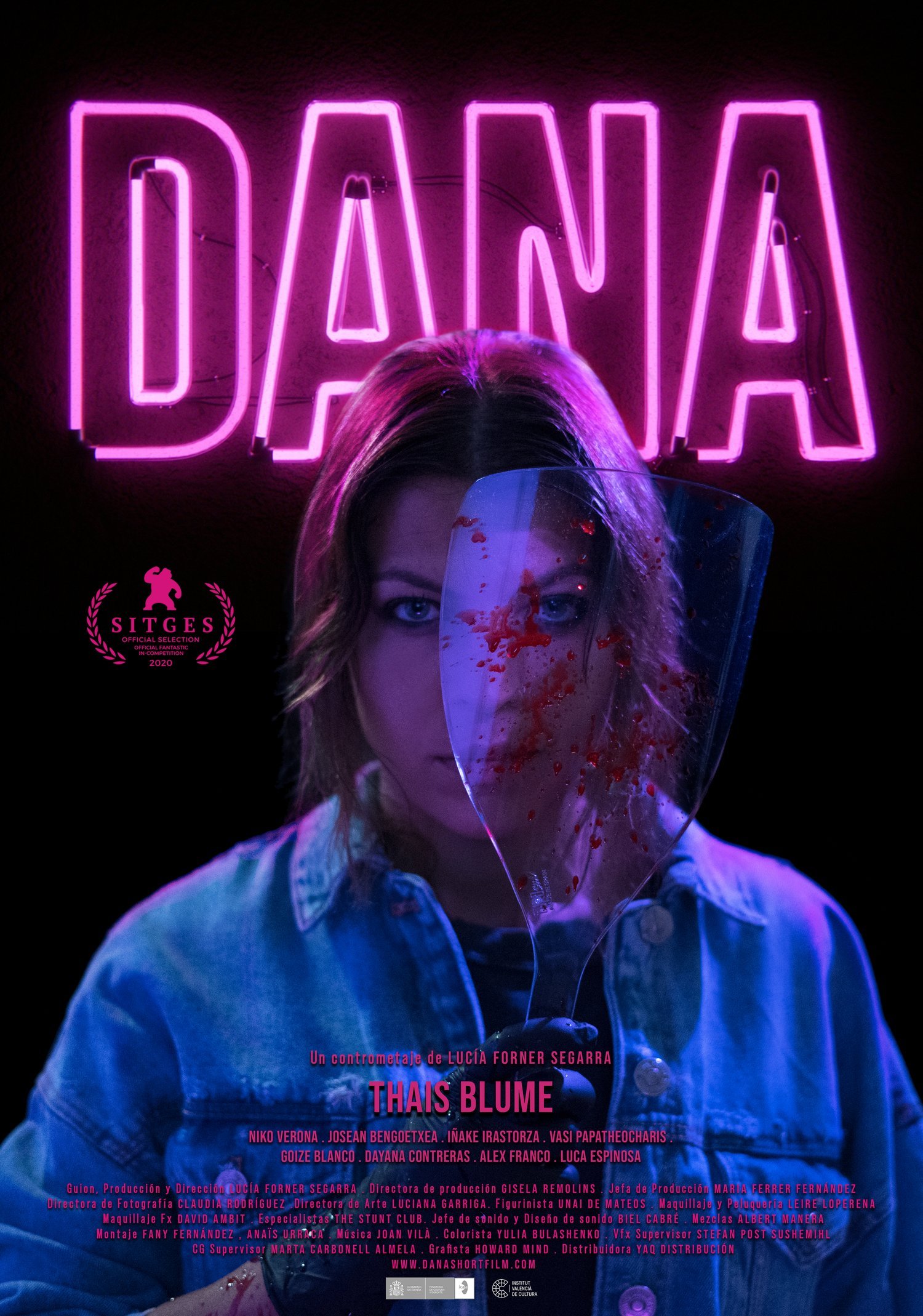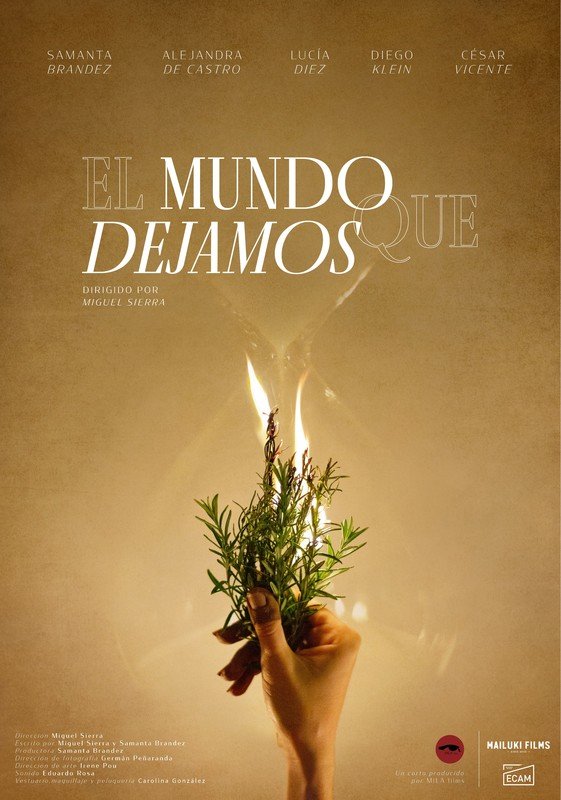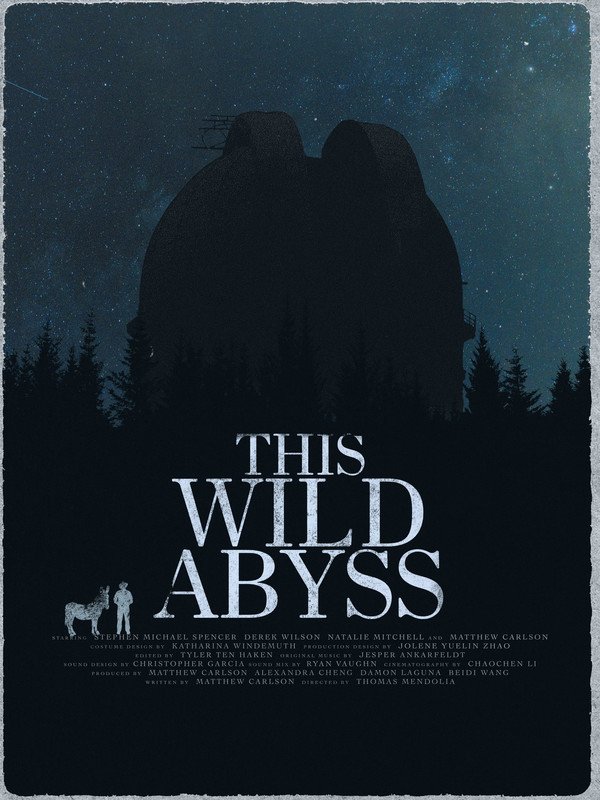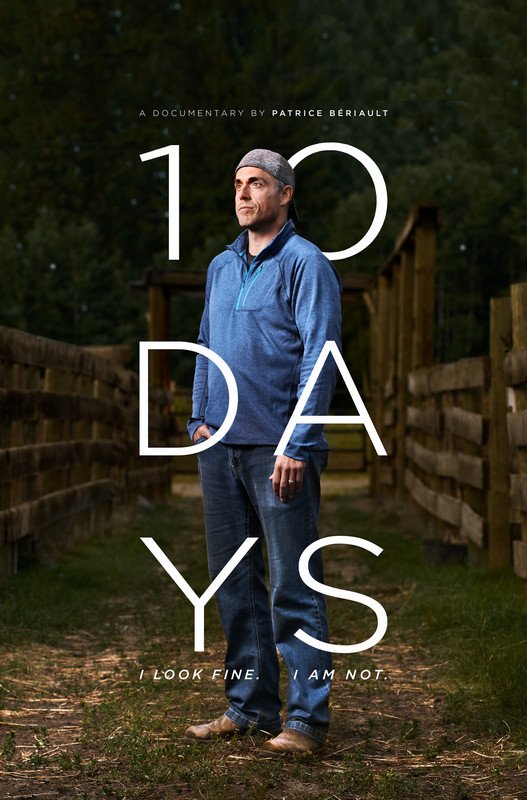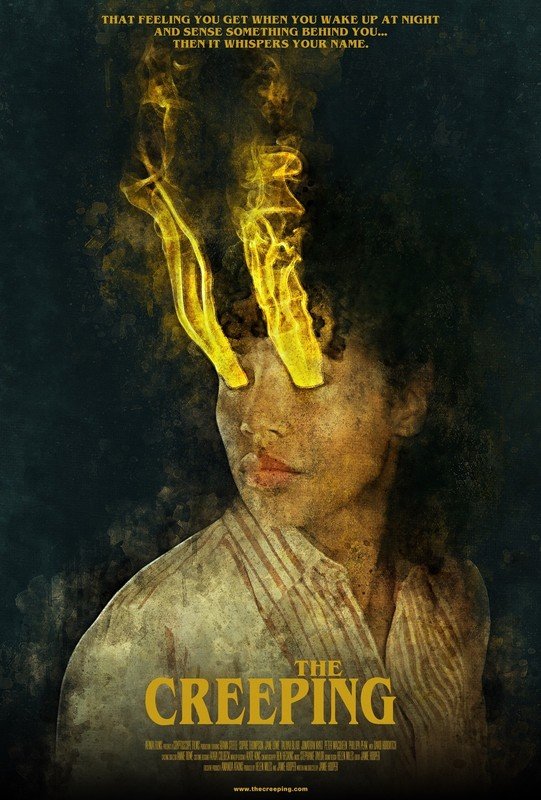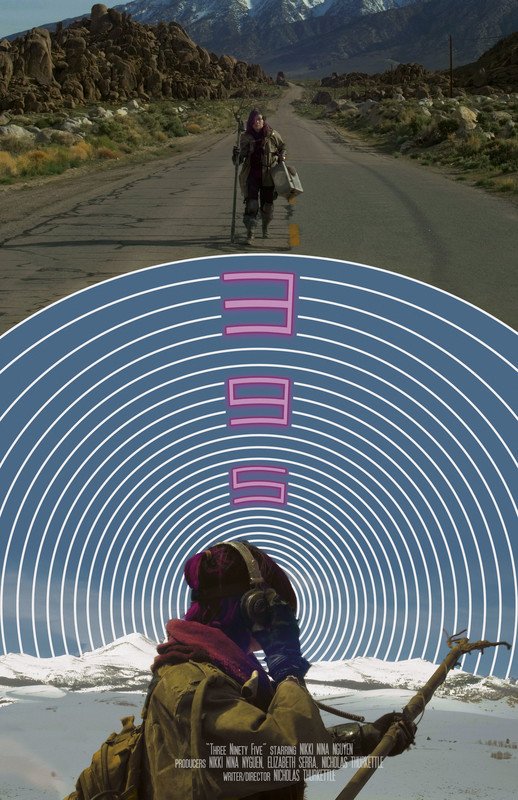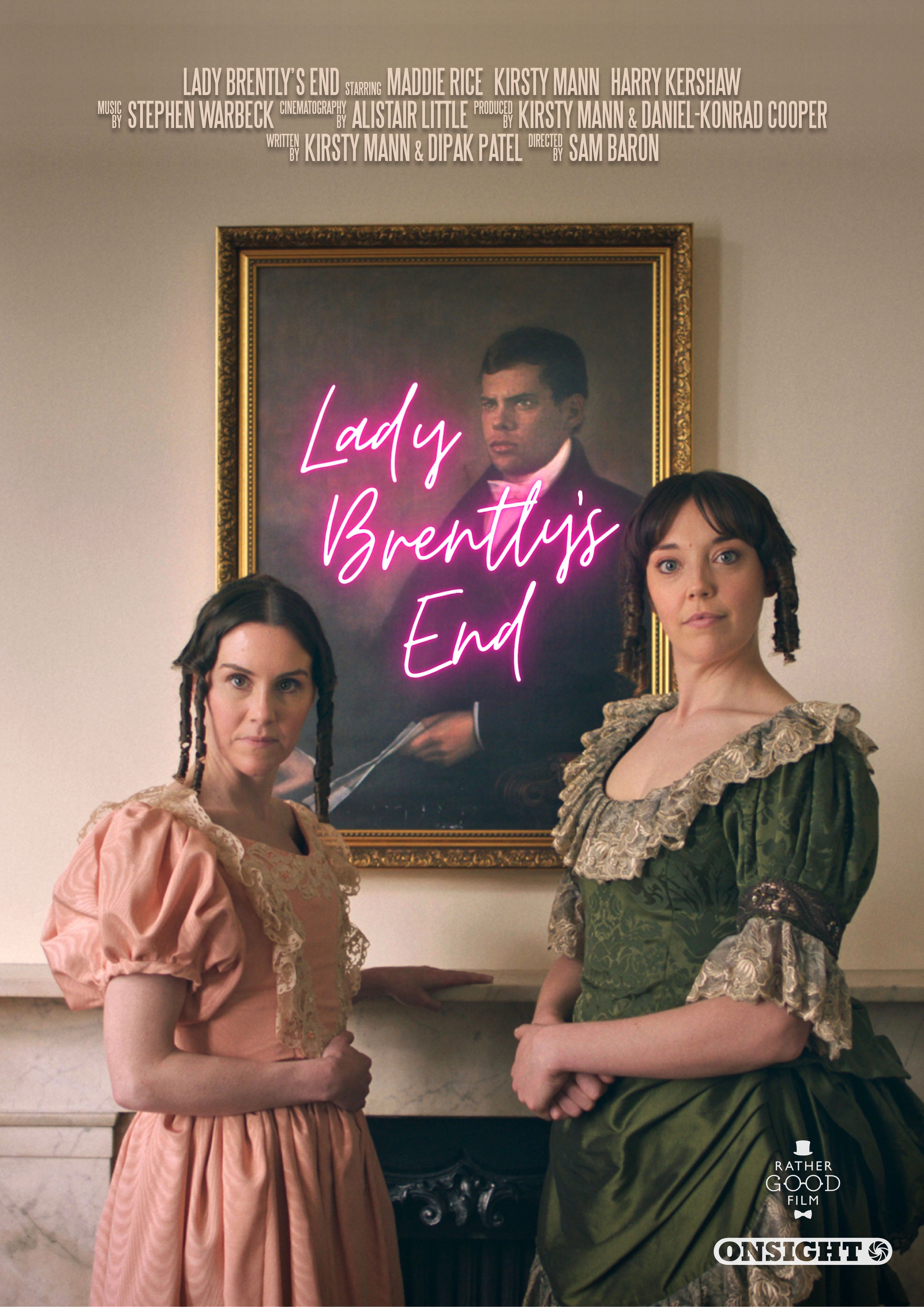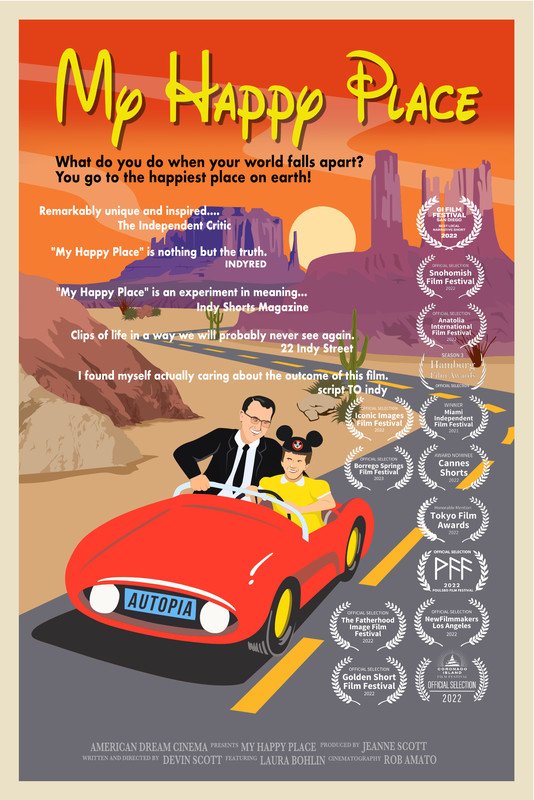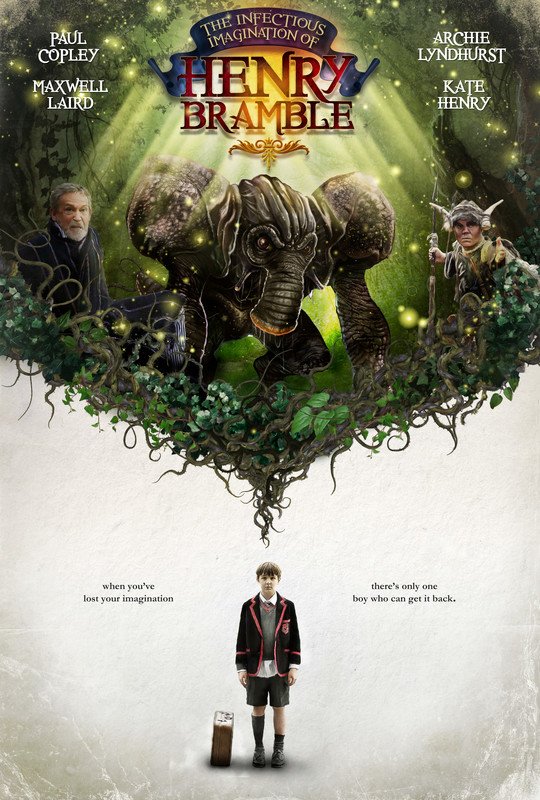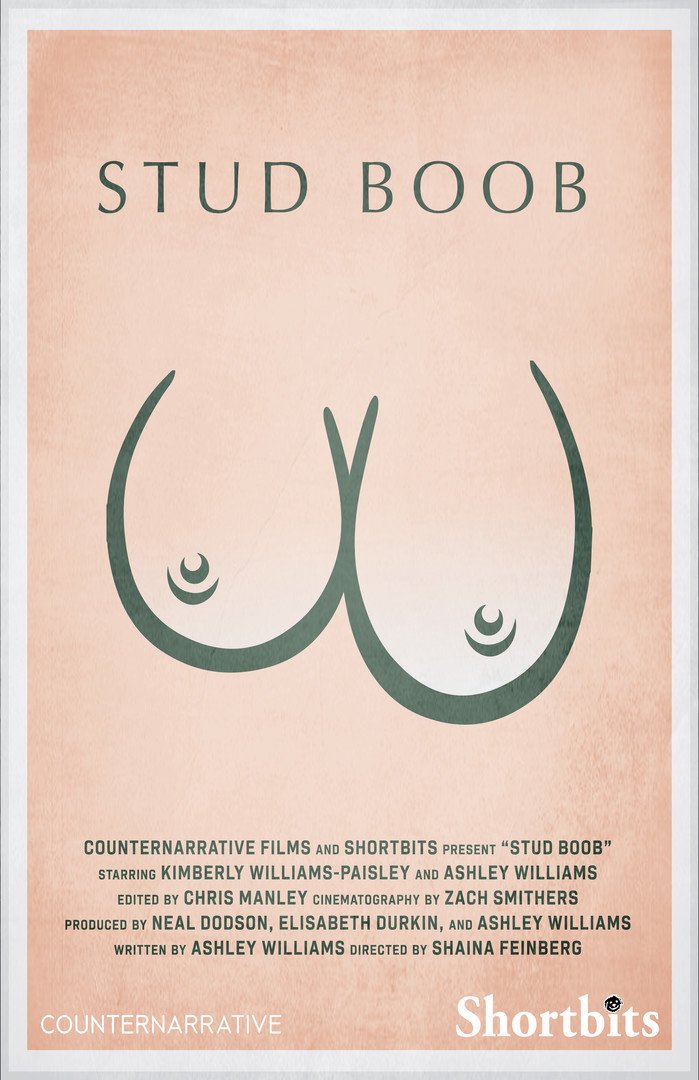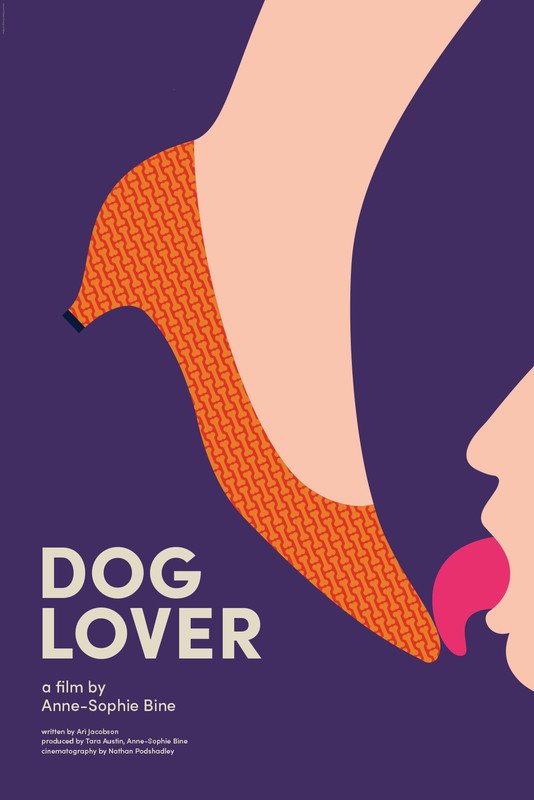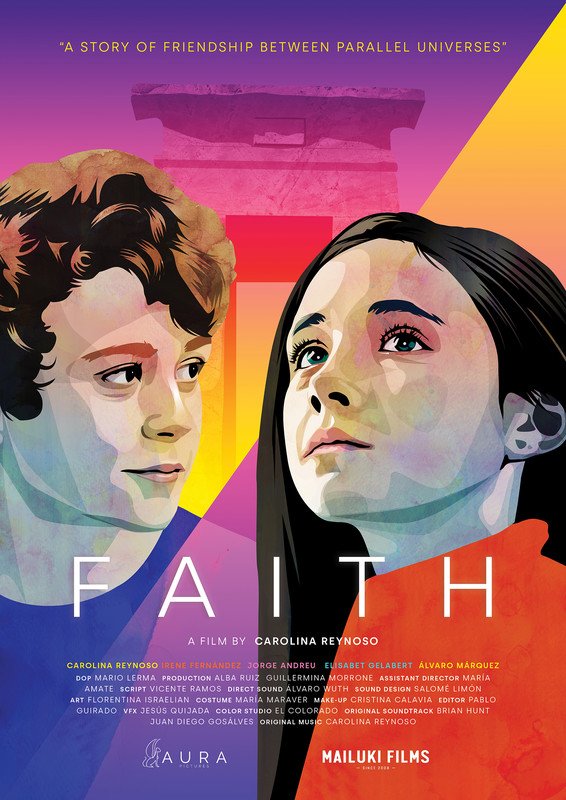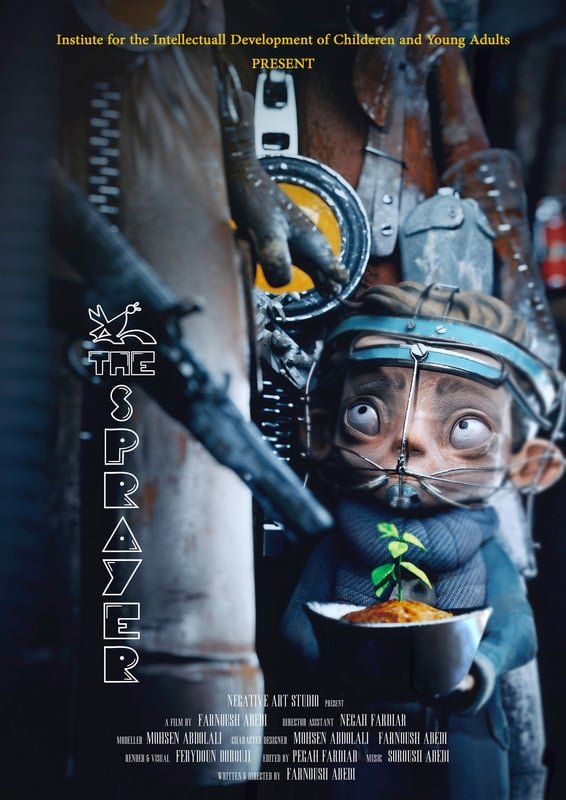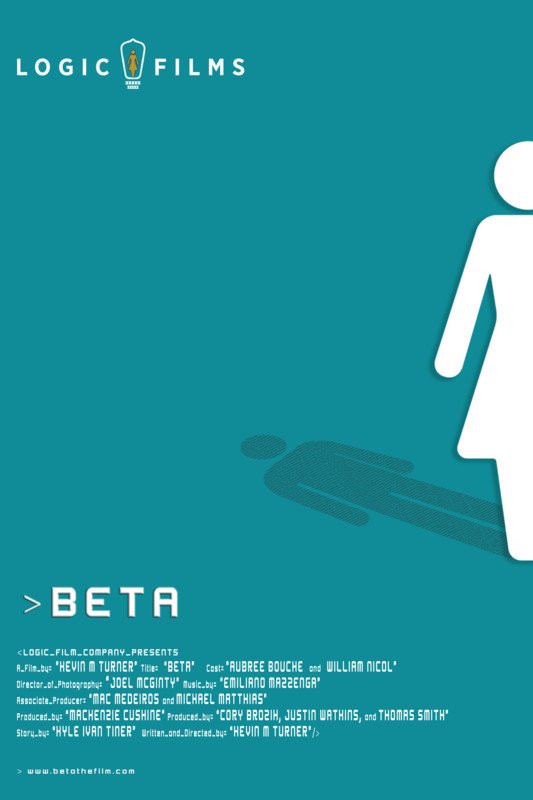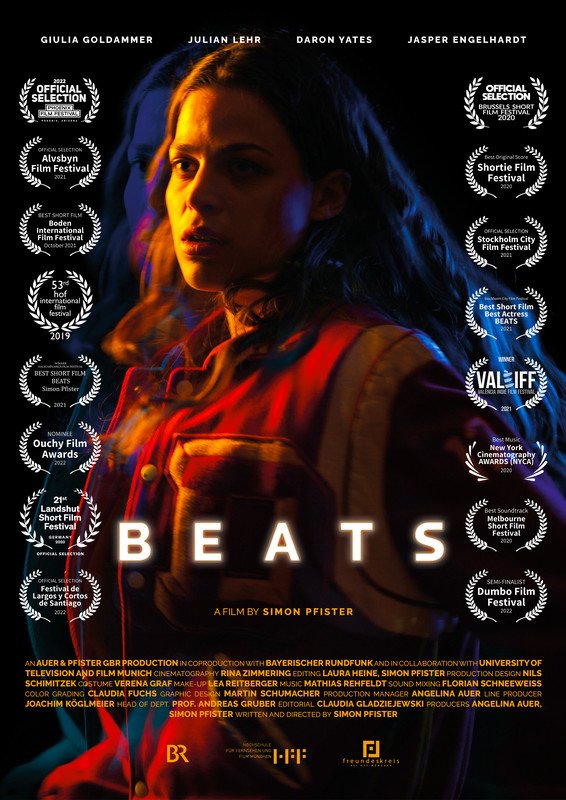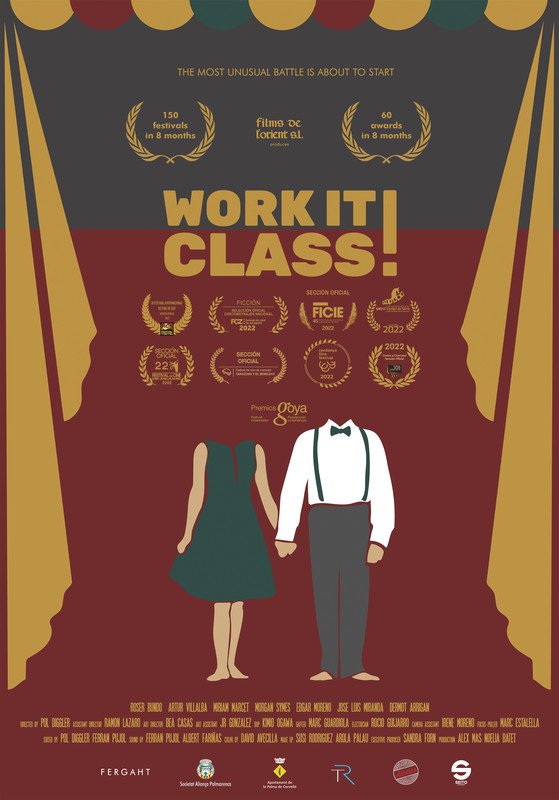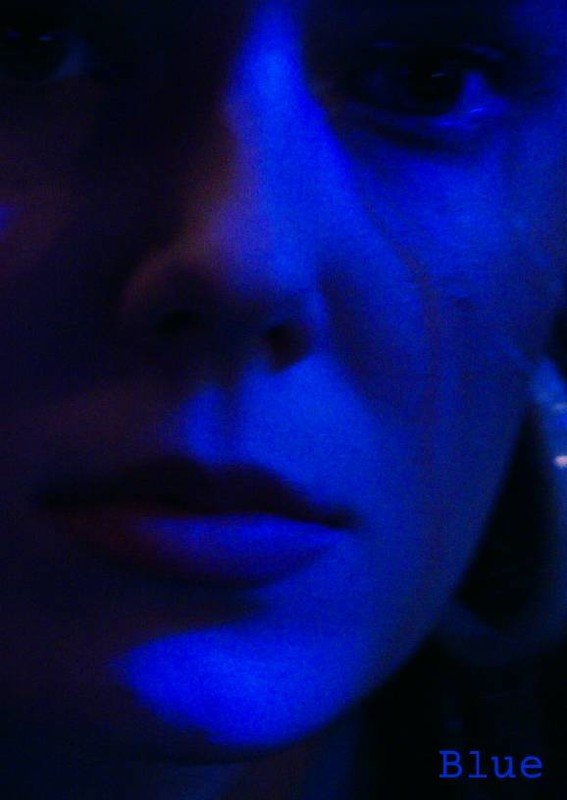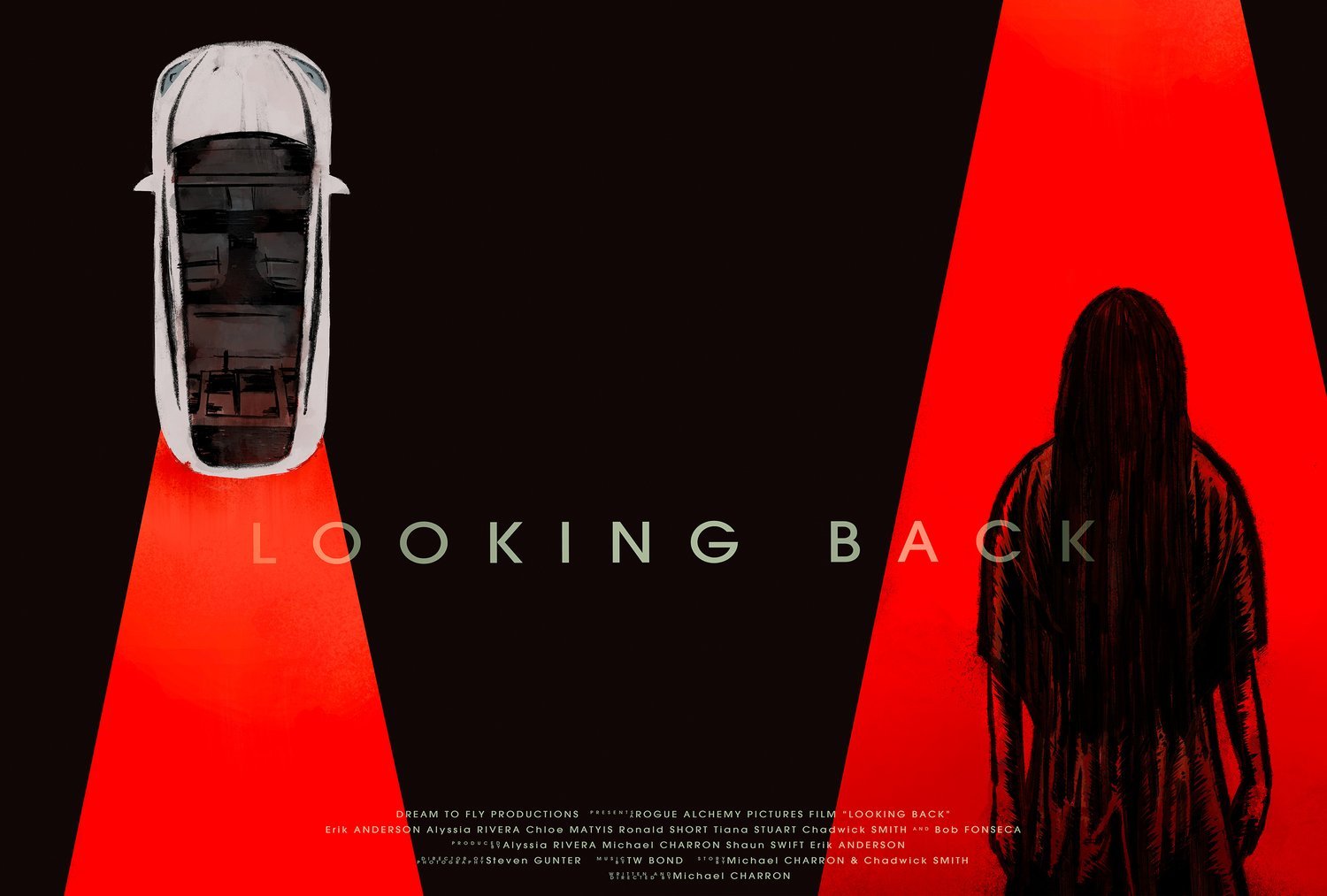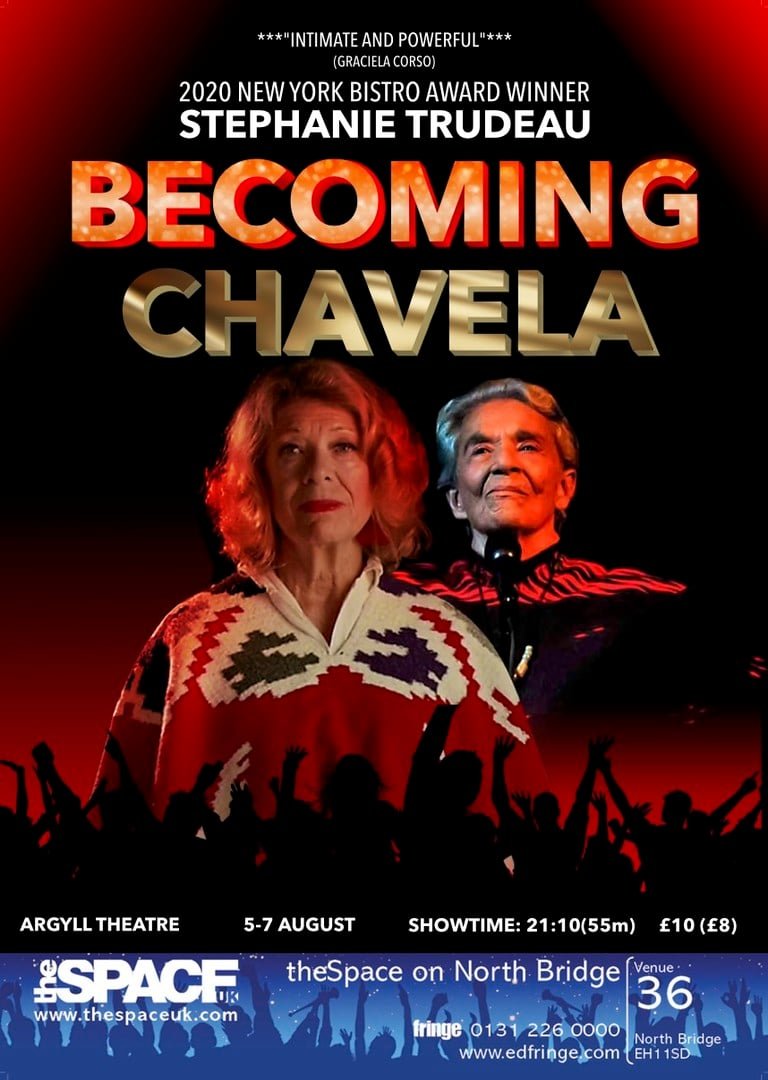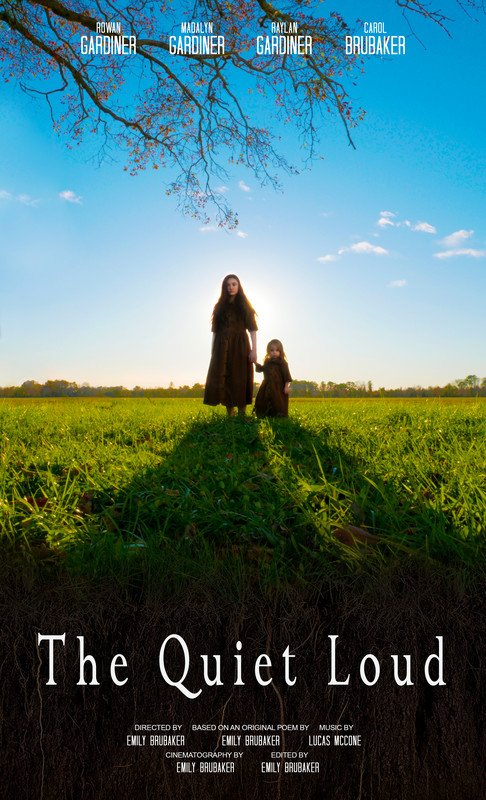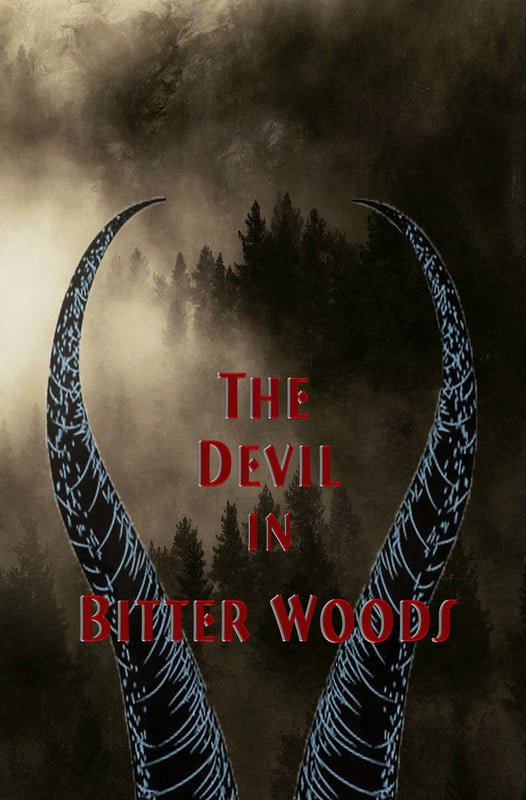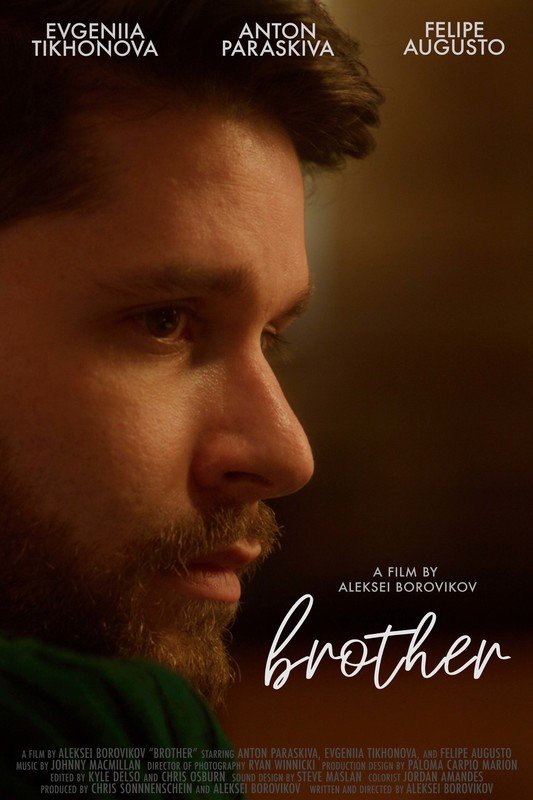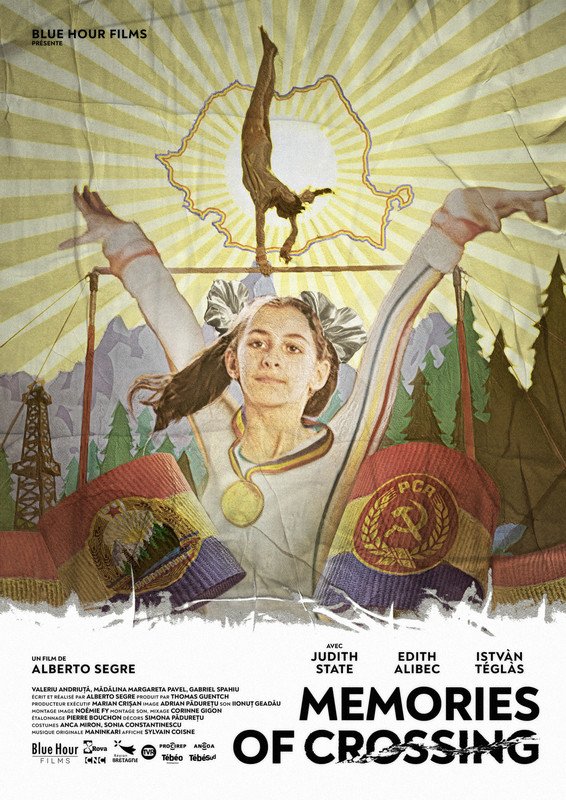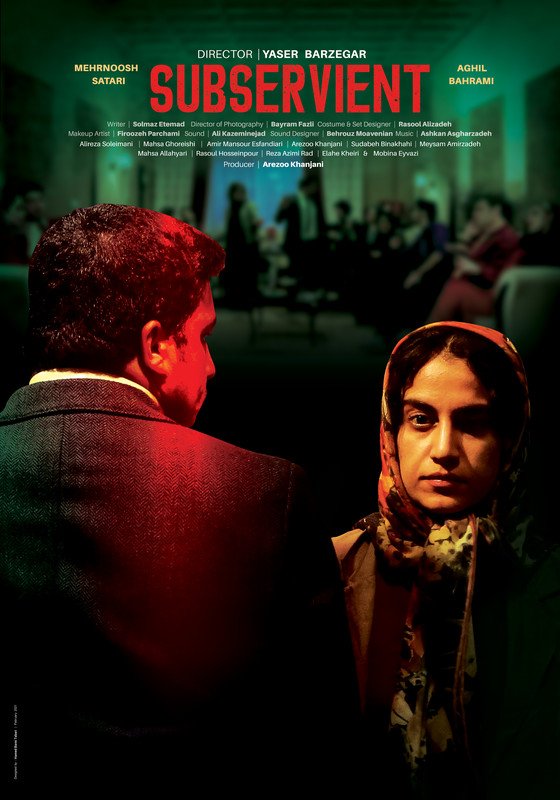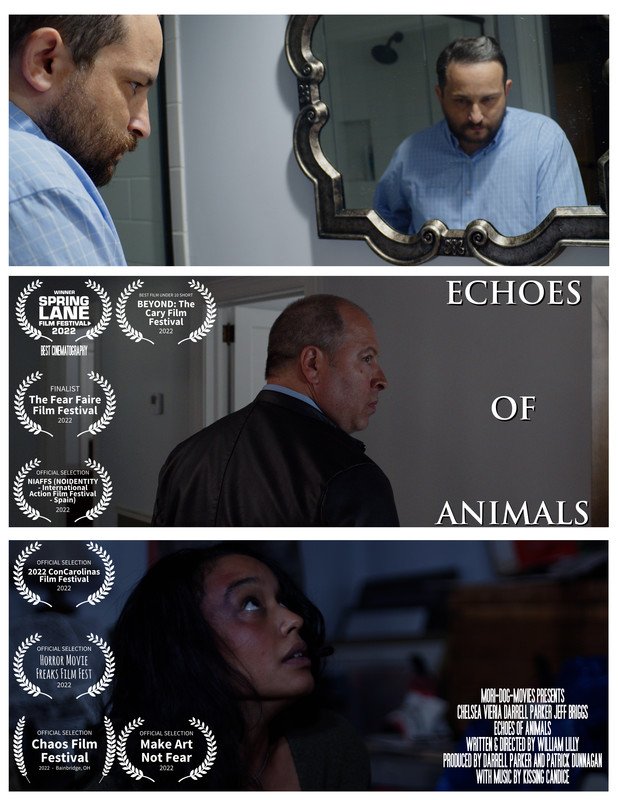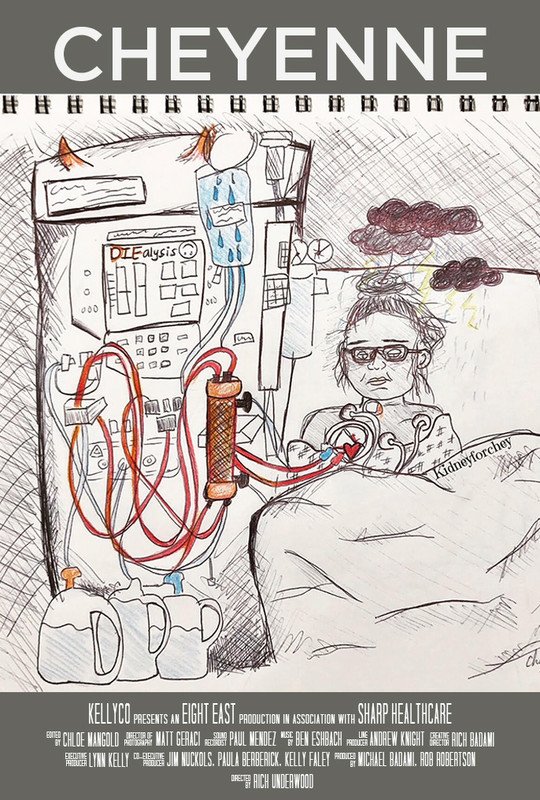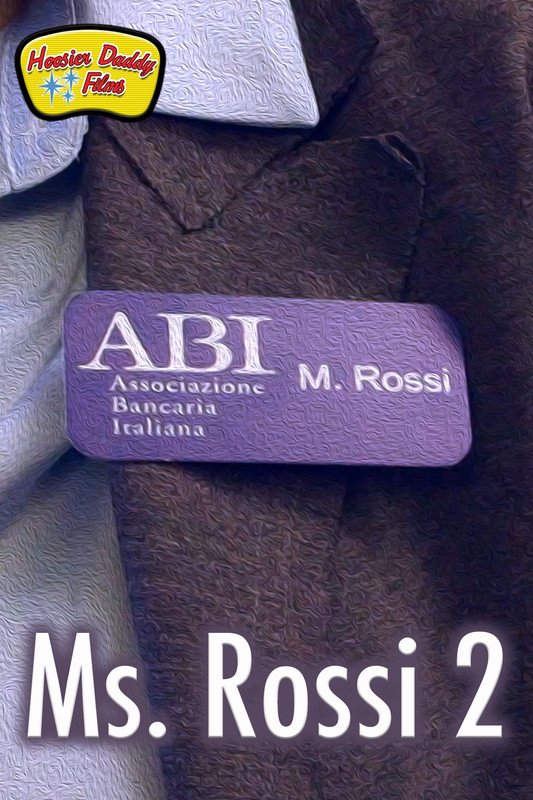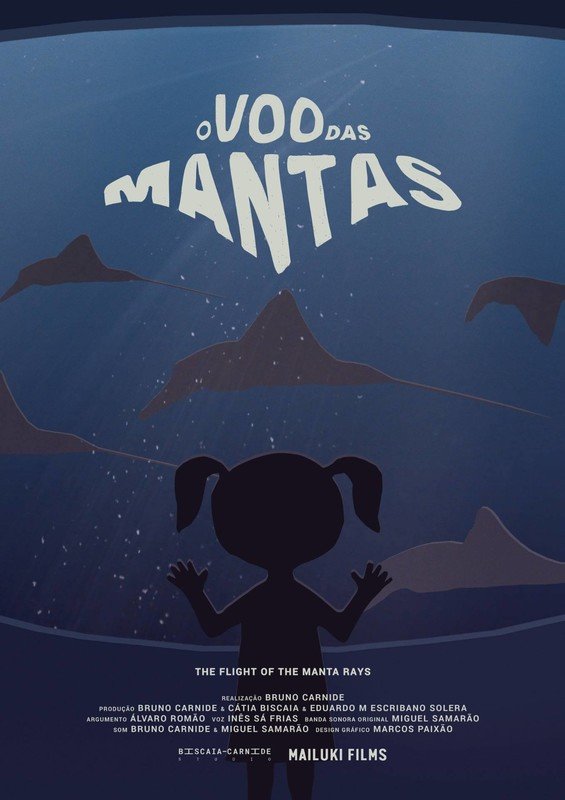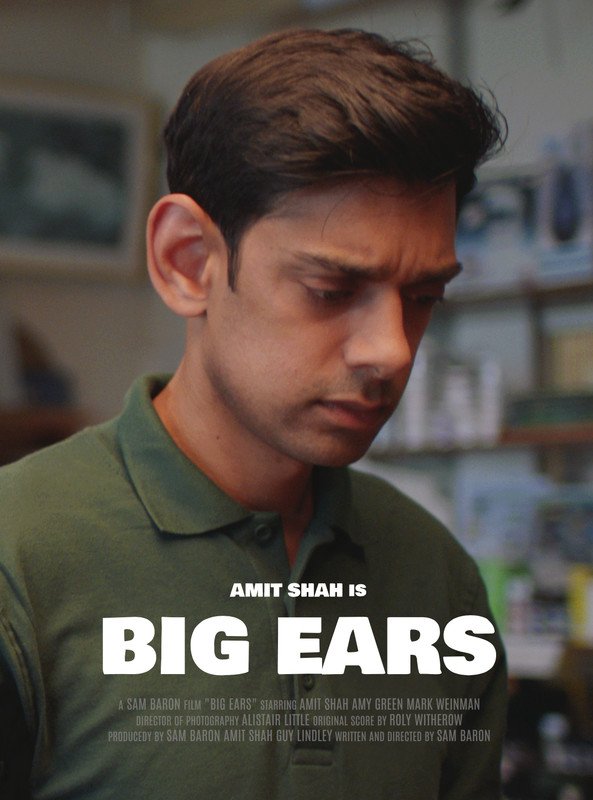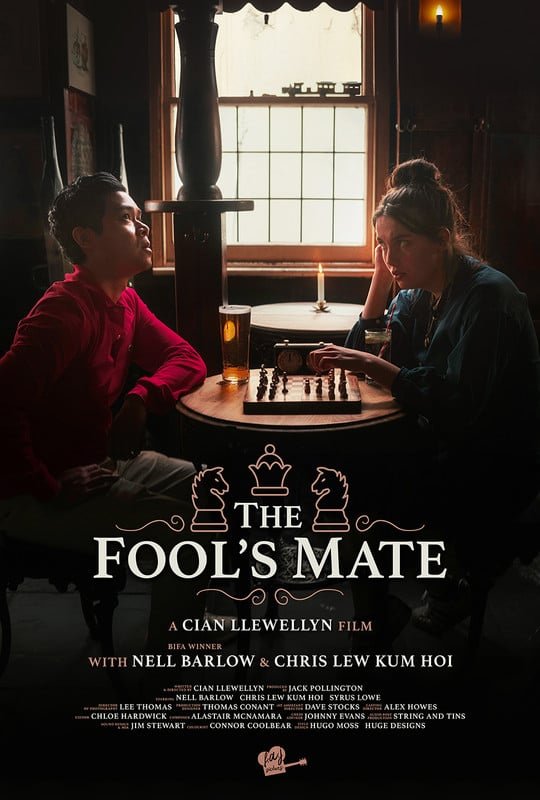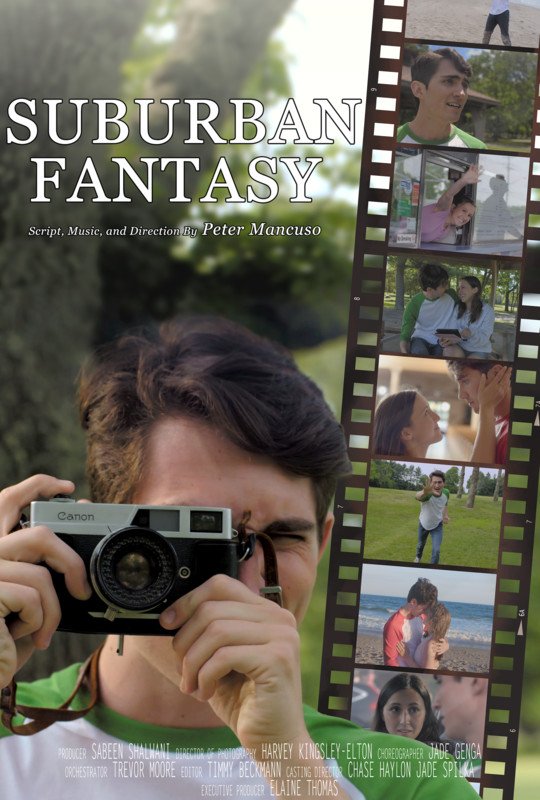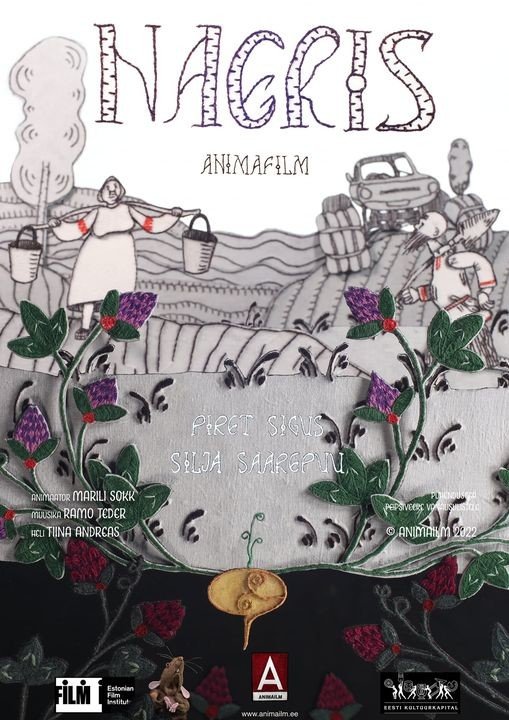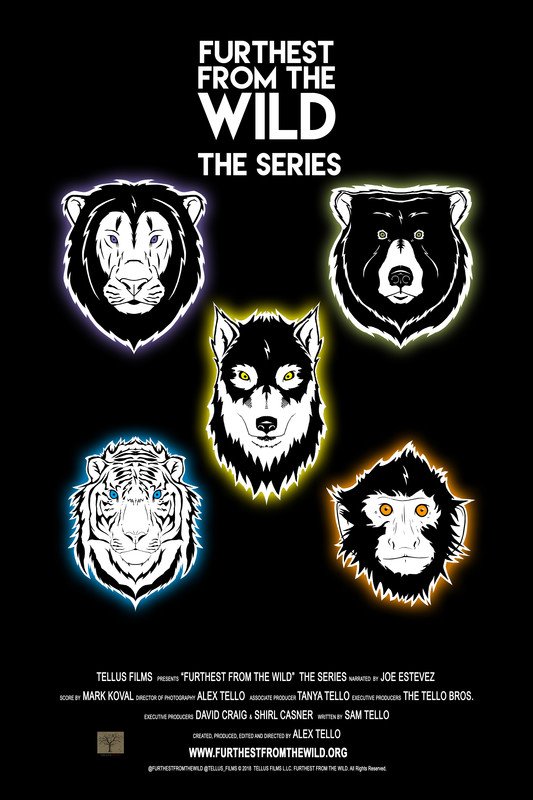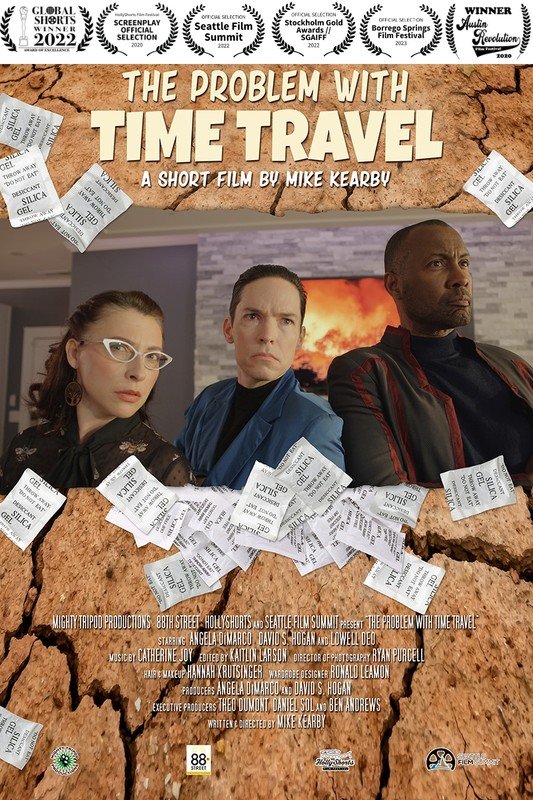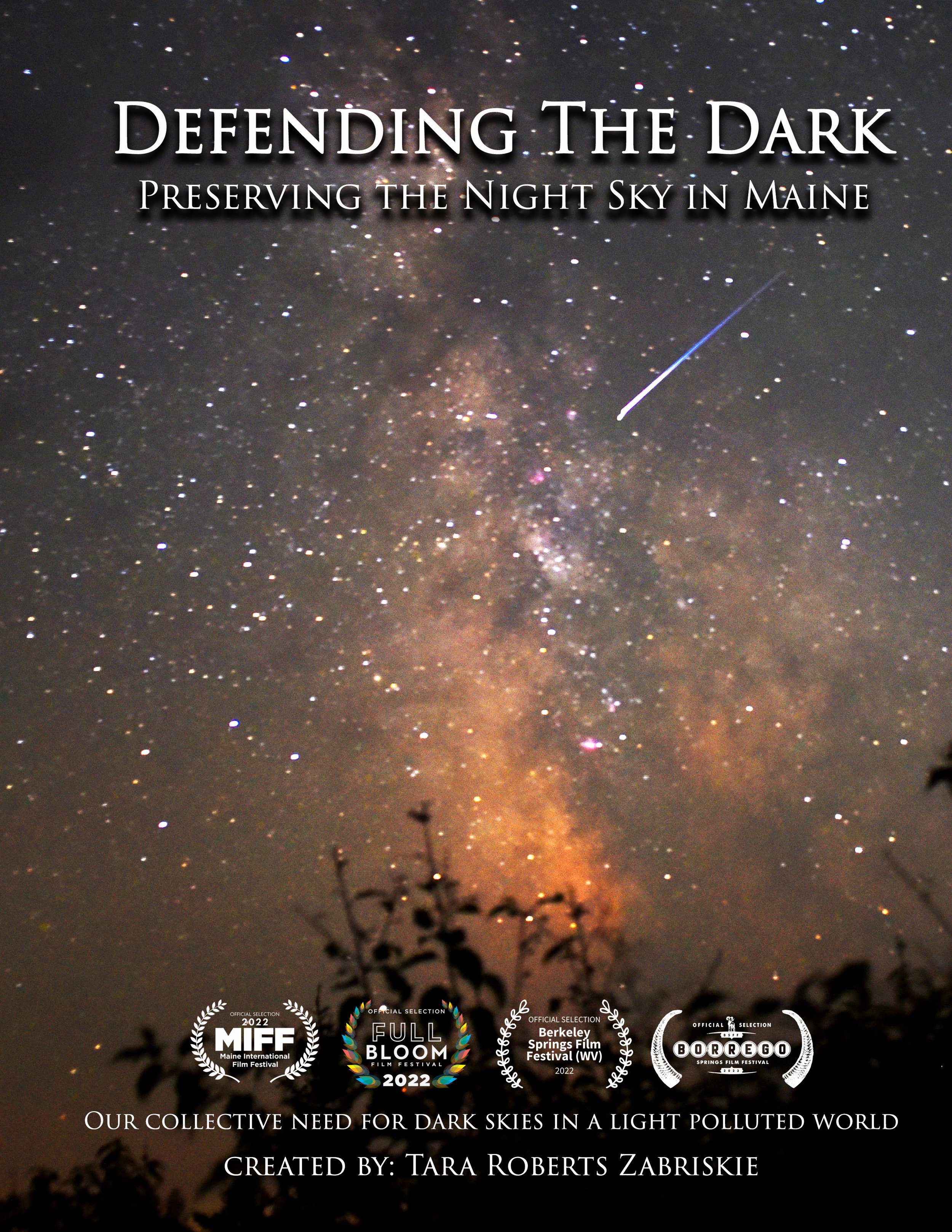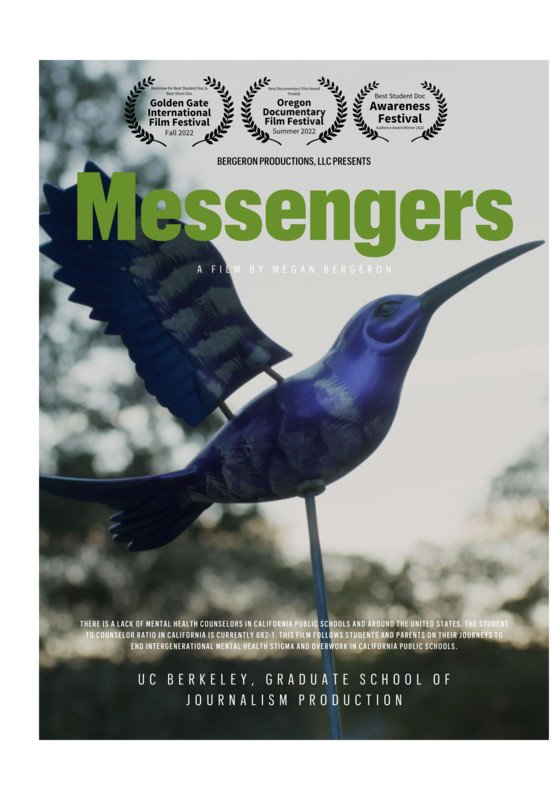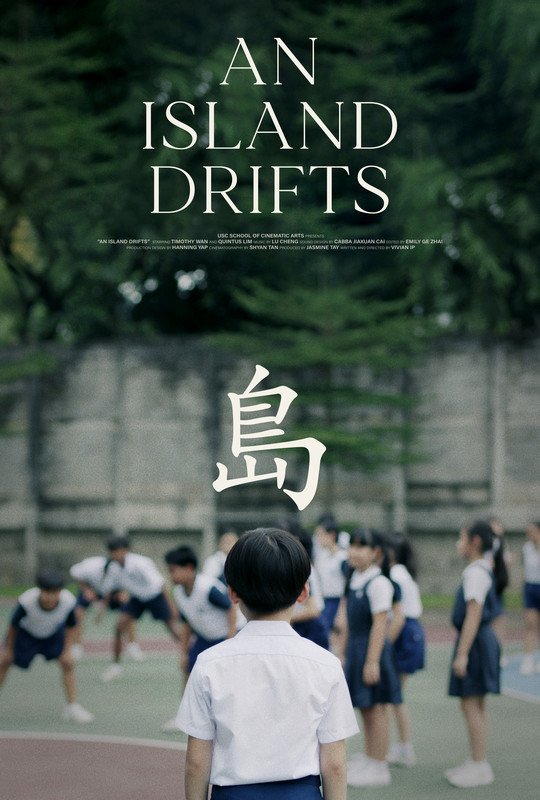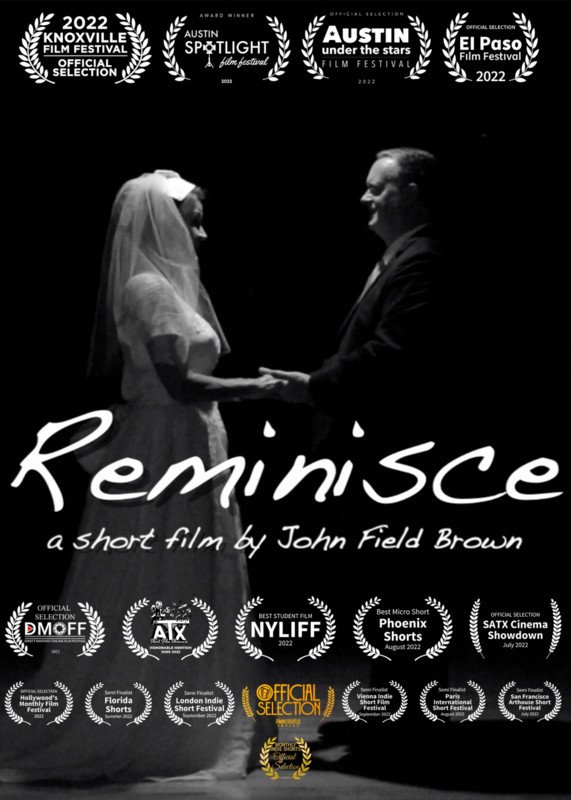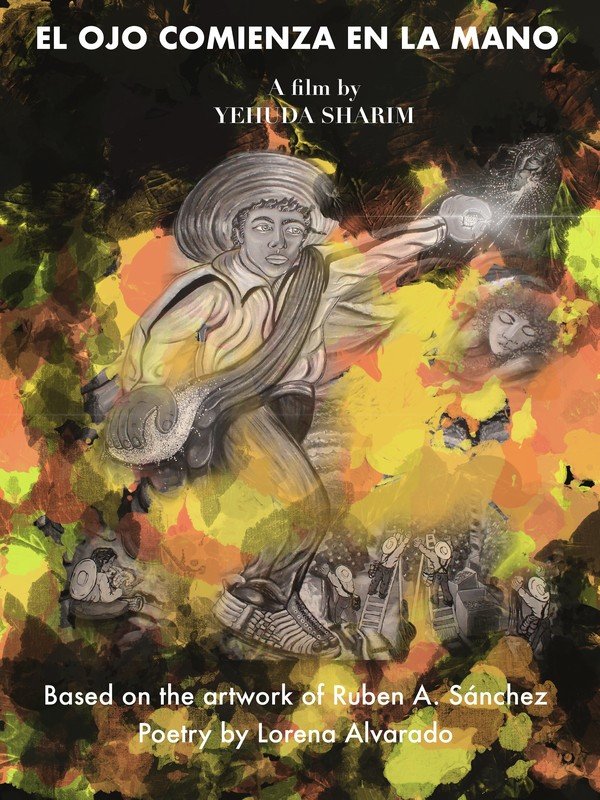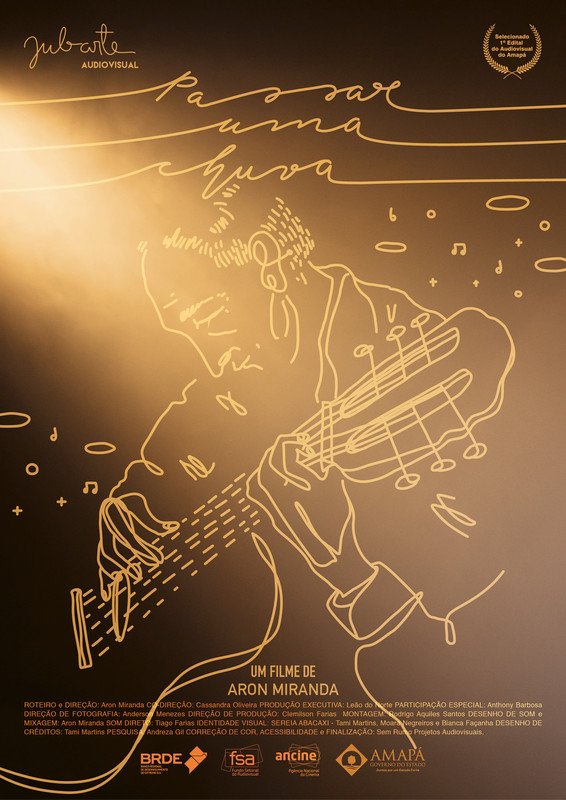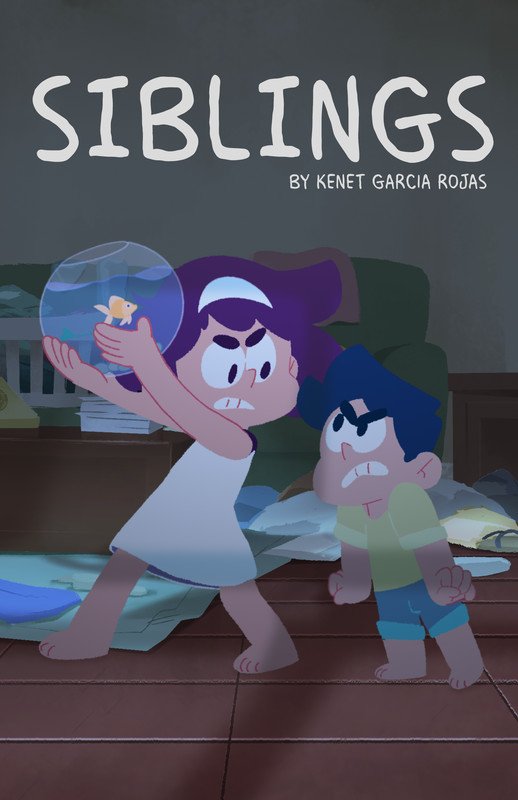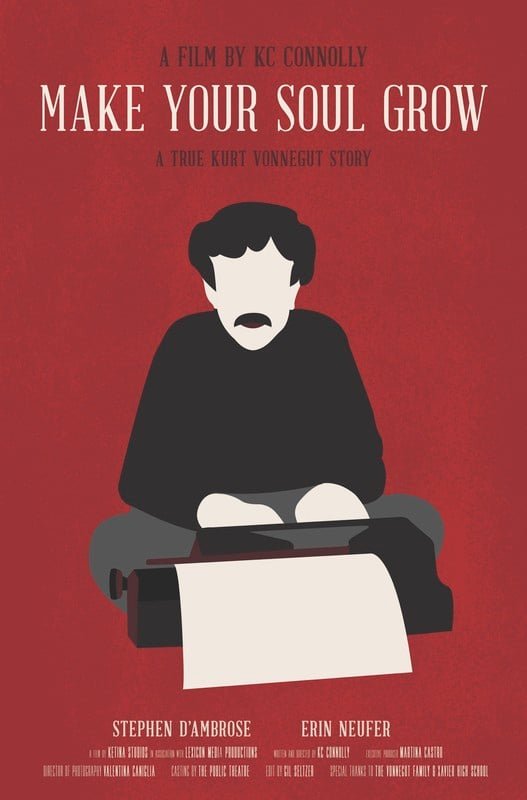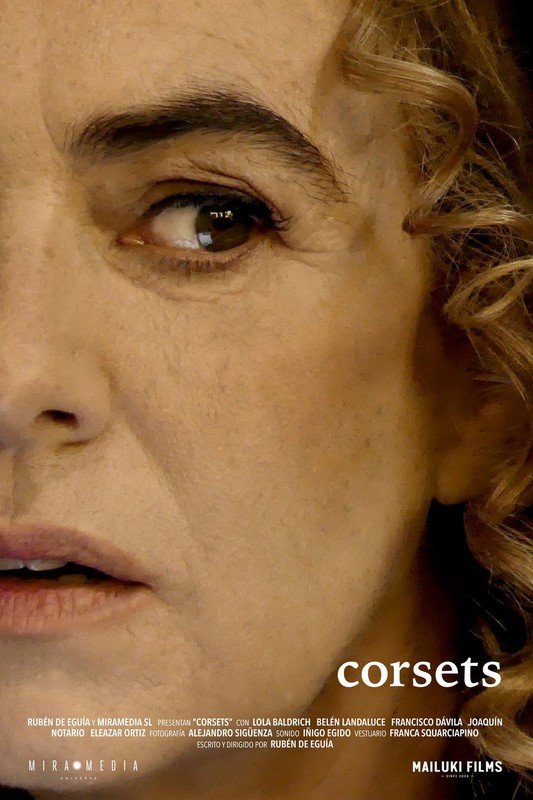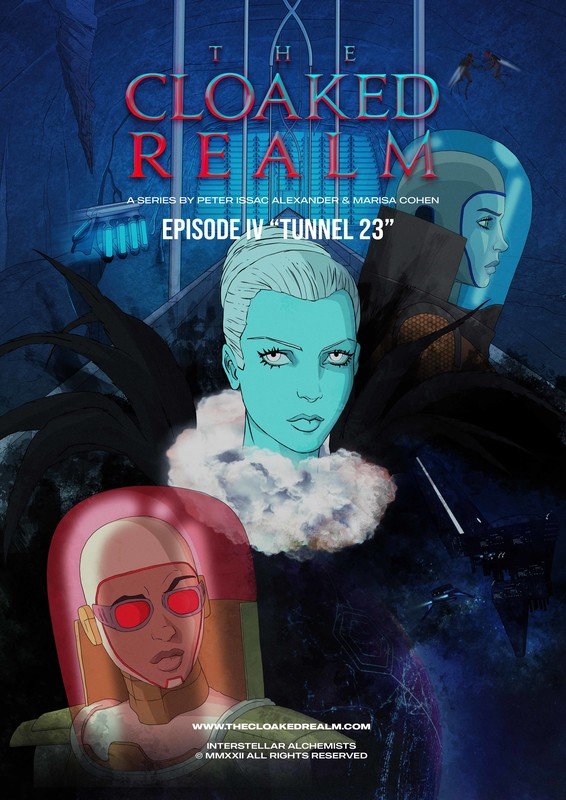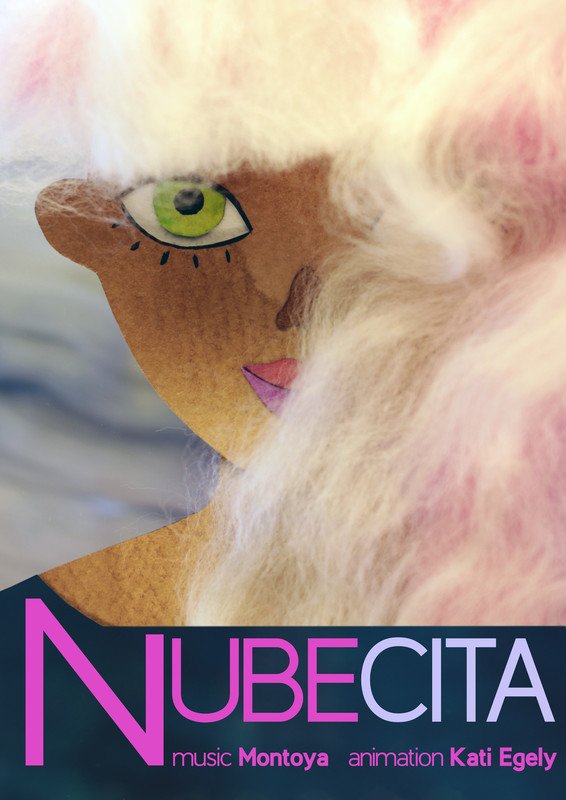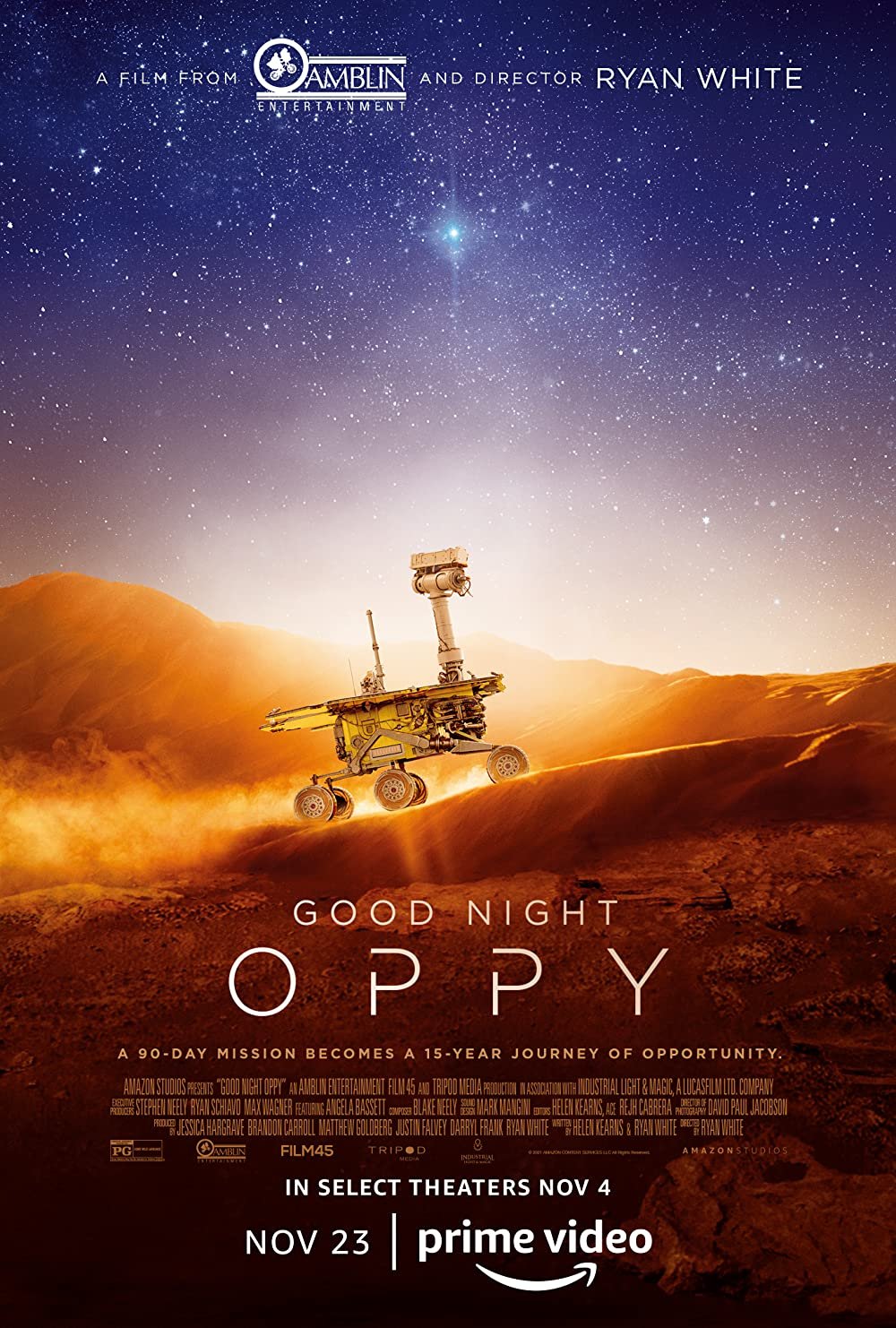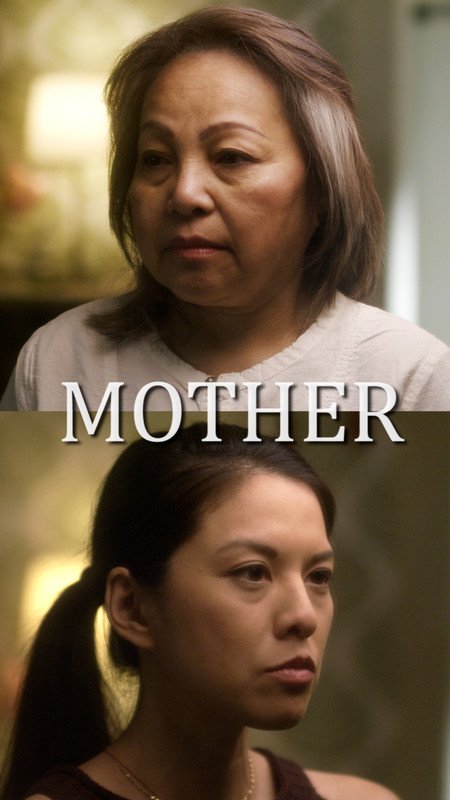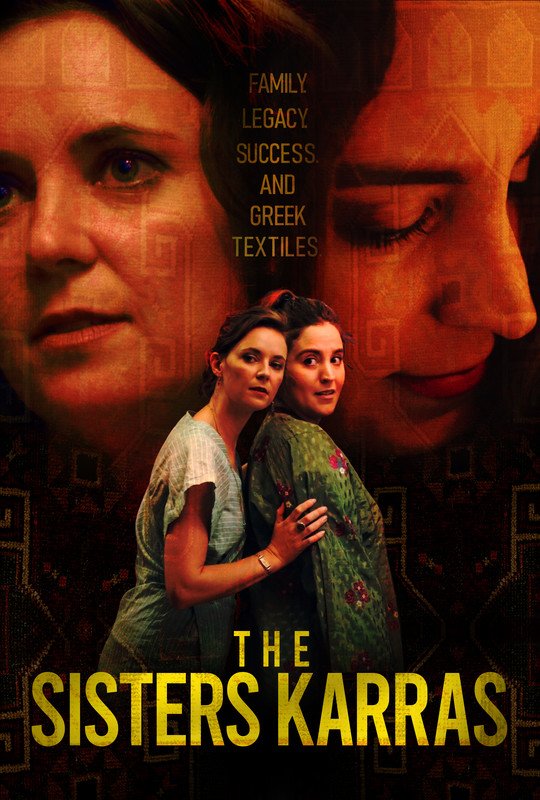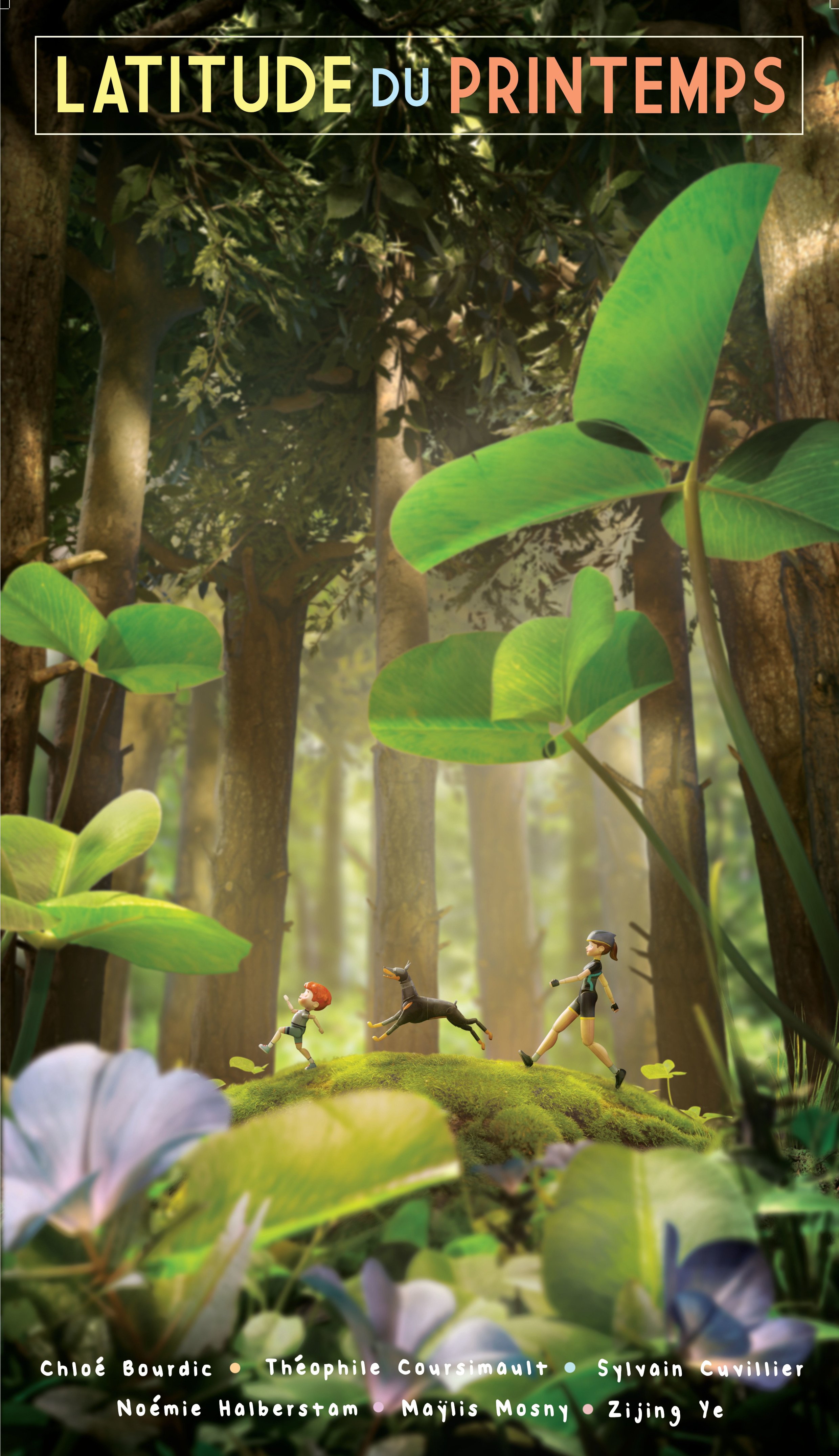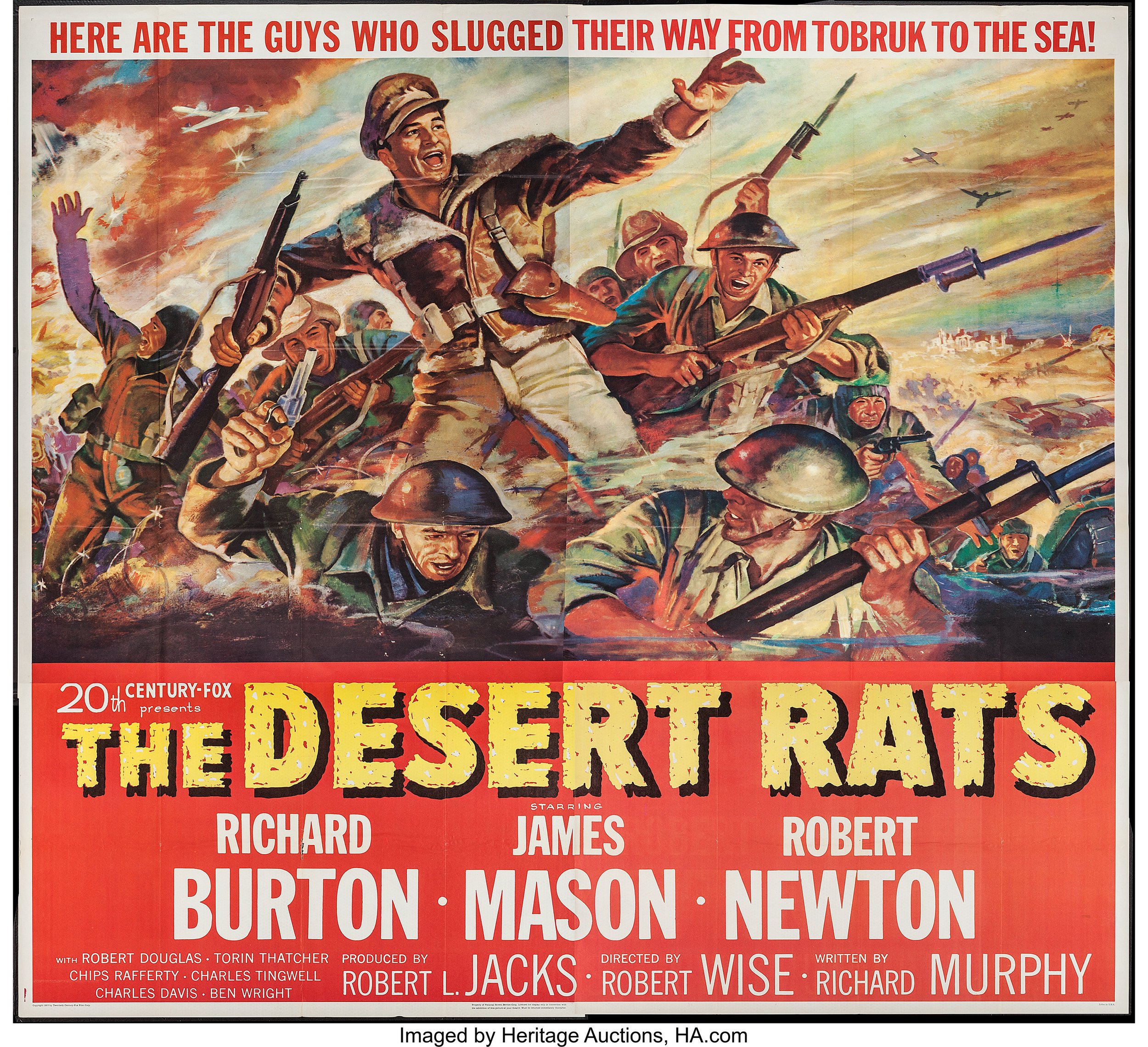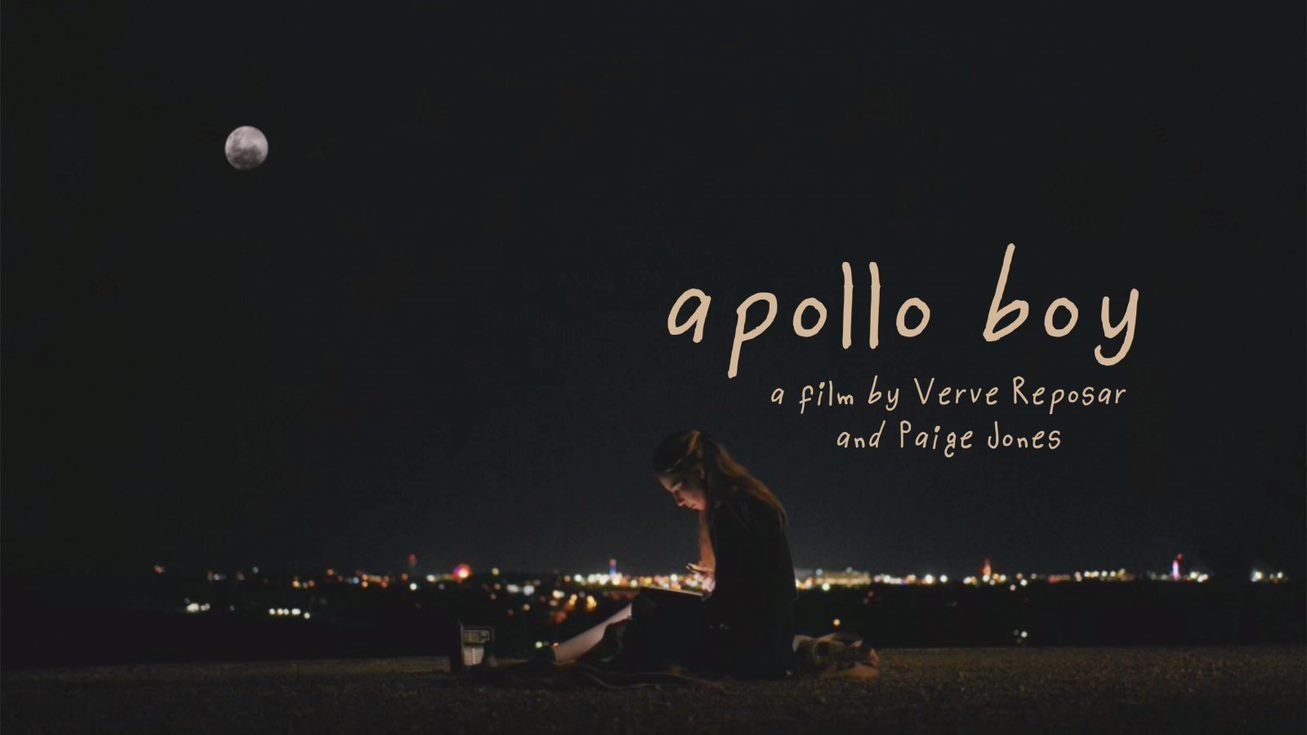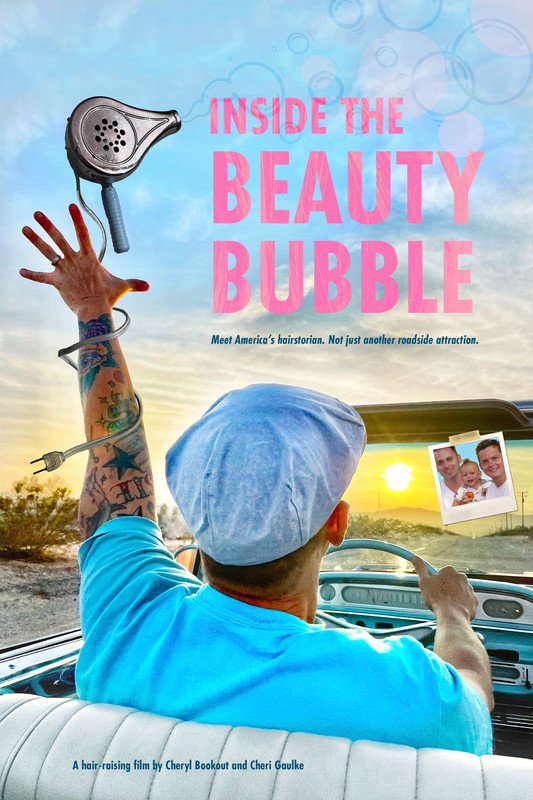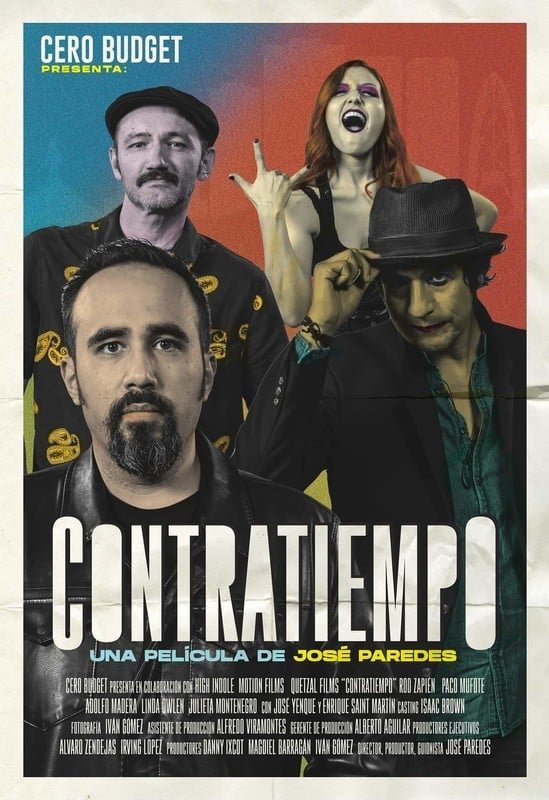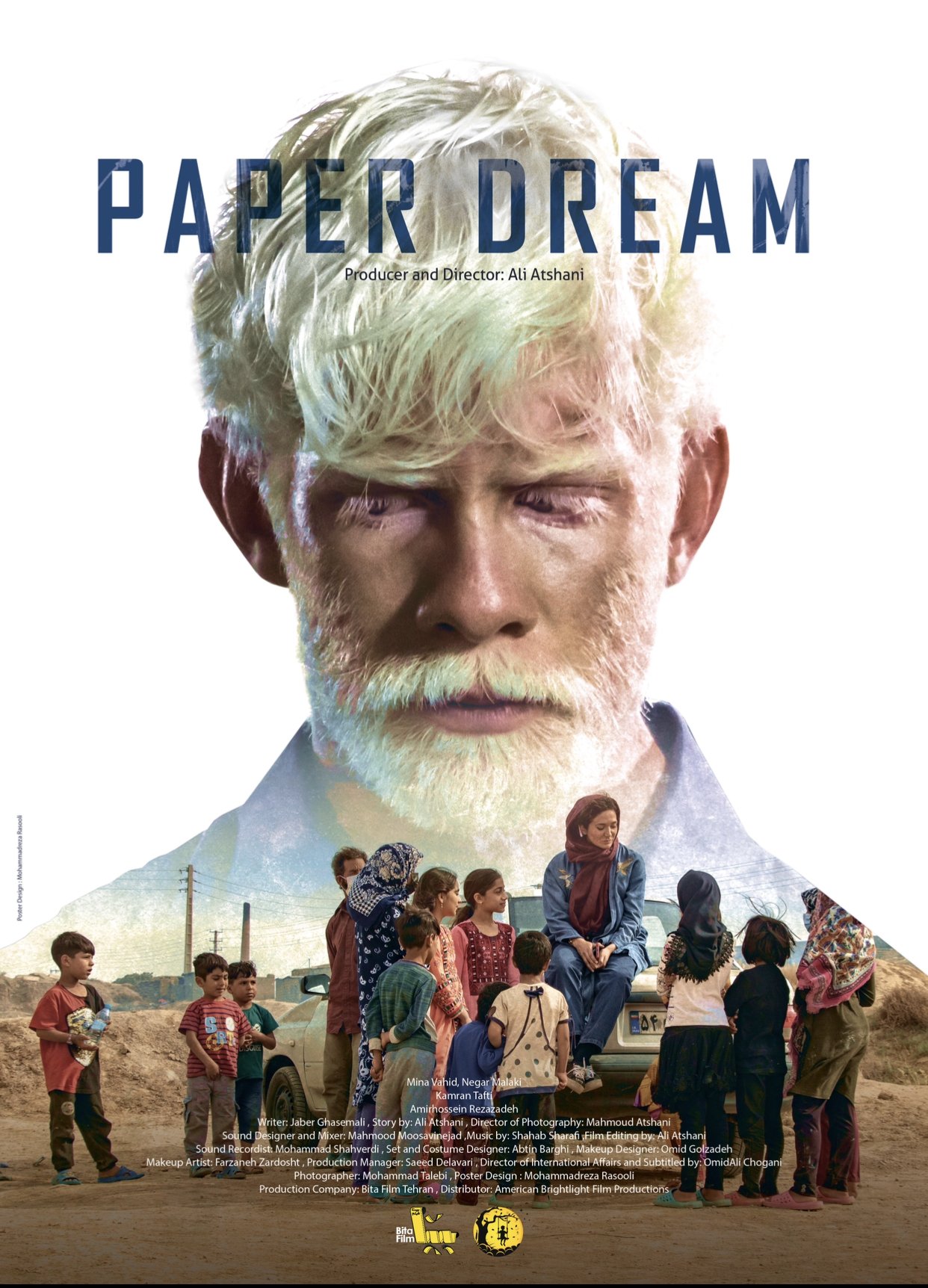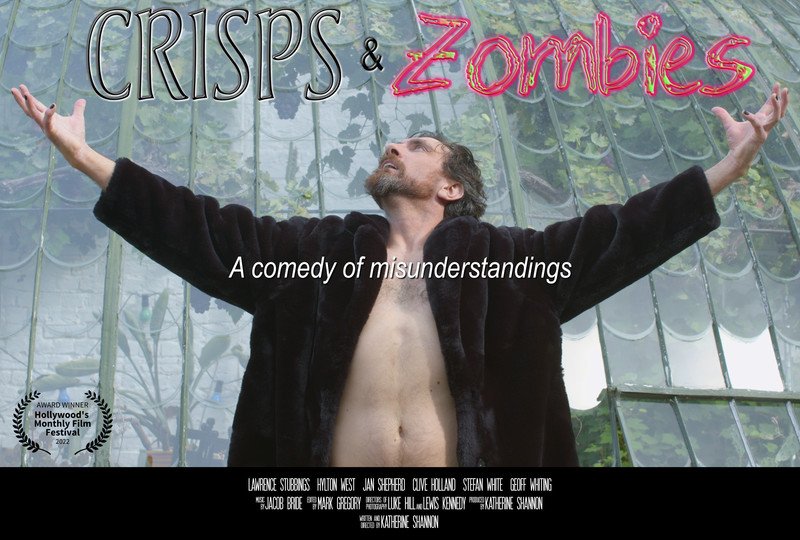The Art of the Short Film
by Matt Bosson
For five days every year in January, the Borrego Springs Film Festival presents a varied, eclectic program of films that range in styles and genres. In a single BSFF screening block, audiences will typically see a documentary, an animated film, a drama, comedy, and usually something more experimental that doesn’t easily fit into any category. We program several feature films each year, but like most film festivals, the majority of what we present at BSFF are short films.
So, what exactly is a short film? The Academy of Motion Picture Arts and Sciences defines a short film as “an original motion picture that has a total running time of 40 minutes or less, including all credits.” But other than the time-length of the film, is there something intrinsic to a short film? In other words, is the short film its own art form?
Of course, the history of cinema begins with short film. The first films ever screened to the public were quite short, usually less than a minute long. The Lumière brothers, Auguste and Louis Lumière, were pioneers in the field. In 1895, they held the first public screening of their shorts, including "Arrival of a Train at La Ciotat" (which reportedly frightened spectators at the first screening – possibly thinking the train might fly off the screen and crush the whole audience). These films were brief, capturing slices of everyday life, and they marked the beginning of the short film era.
By 1910, most movies playing in nickelodeons and at vaudeville theaters had a total running time of 15 minutes – the length of one reel. But by the 1920s, a movie ticket bought one a varied program which likely included a feature – four or five reels long, a newsreel, short cartoon, and a short comedy – one or two reels each.
Short comedies were popular and typically came out as serials. Charlie Chaplin, Mabel Normand, Buster Keaton, and Harold Lloyd, just to name a few, made their mark through short films, contributing to the popularity and development of the format.
Throughout the silent film era, short films – generally termed “short subjects” or “featurettes” – typically had a comedic or slapstick style, as they were well-suited to quick gags and visual humor. However, as filmmaking techniques evolved, shorts began to explore other genres and themes.
In the 1930s and 1940s, the advent of sound in films allowed for greater narrative possibilities in shorts. Directors like Orson Welles and Luis Buñuel, for example, made significant contributions to the art of short film during this period.
After World War II, short films faced challenges as the focus in Hollywood shifted towards feature-length productions. Television also emerged as a new medium for entertainment, drawing audiences away from movie theaters. Despite these challenges, short films continued to be made, often finding niches at film festivals and art house cinemas.
And now with the advent of digital technology, the 21st century has seen a resurgence of interest in short film. The internet and video-sharing platforms allow for easy distribution and access, enabling new filmmakers to showcase their work to a global audience. As a result, short films have become more diverse in content, style, and length.
But back to the question: is short film its own art form? It’s clear that good short films require concise storytelling, focusing on the essence of a narrative. And shorts are almost inherently experimental, providing a platform for filmmakers to try unconventional storytelling techniques, visual aesthetics, and narrative structures that might be too difficult to sustain in a feature-length format.
Also, due to their shorter length, shorts generally require lower budgets than feature films. This financial accessibility encourages emerging filmmakers to bring their ideas to life without the burden of massive financial risks, while allowing them to demonstrate their skills and gain recognition in the industry.
And of course, short films have a significant presence in film festivals, where they can gain recognition, awards, and exposure, leading to potential opportunities for the filmmakers.
While short films have their unique attributes, it's essential to recognize that they are part of the larger filmmaking landscape. Many current directors, like George Lucas ("THX 1138"), Christopher Nolan ("Following"), and Wes Anderson ("Bottle Rocket"), started their careers with short films and later transitioned to making successful feature-length films.
Shorts have a rich history and continue to be a distinctive and valuable art form, providing filmmakers with a platform for experimentation, concise storytelling, and artistic expression. While they share similarities with feature films, their unique attributes contribute to the diversity and vitality of the entire film industry.
